Expedition Report Indonesia 3.0
પ્રકાશિત: 11.09.2018
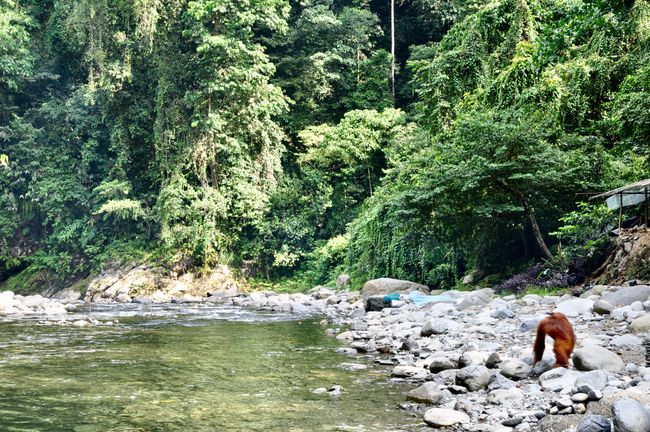
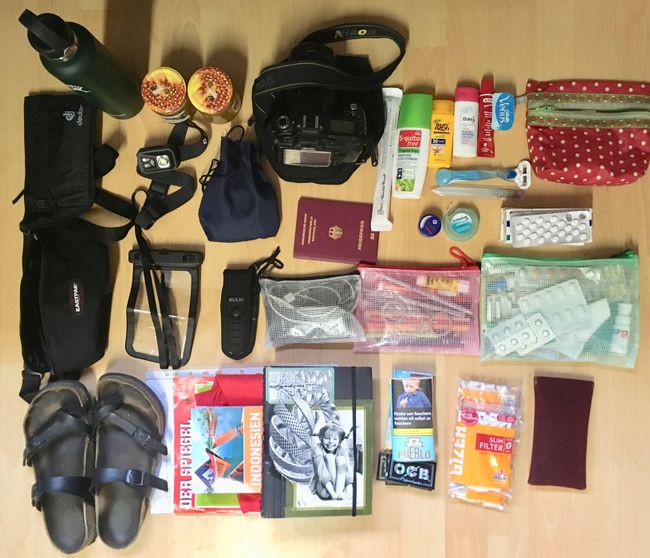
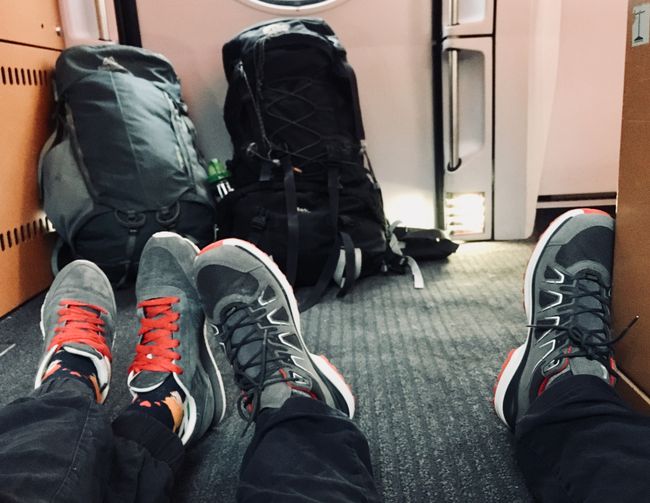
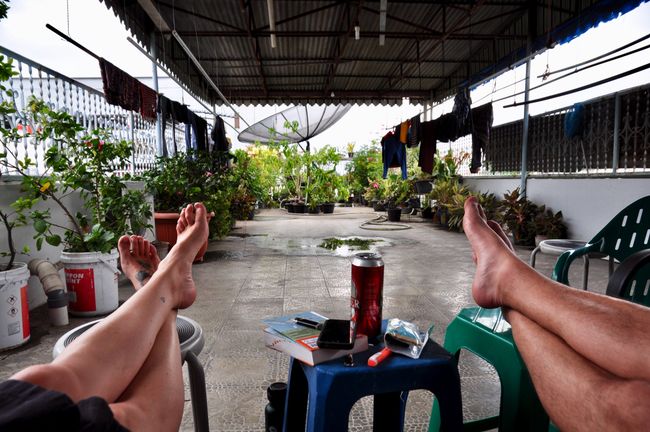
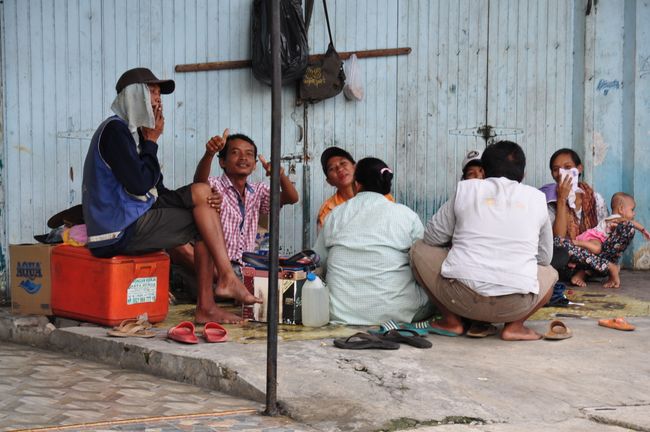
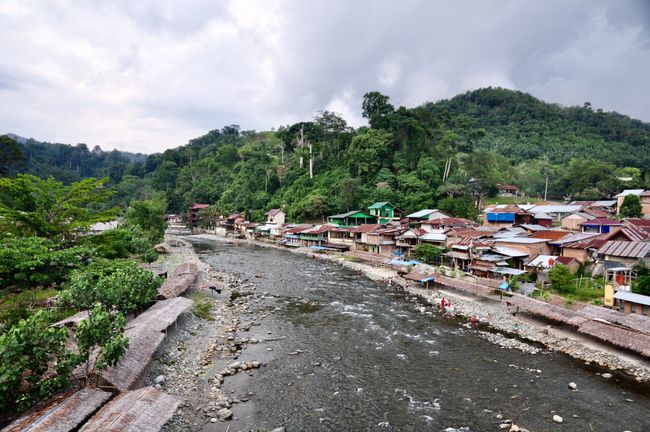
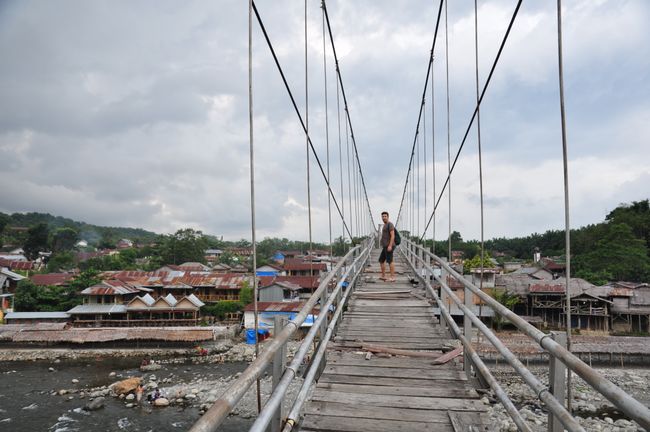
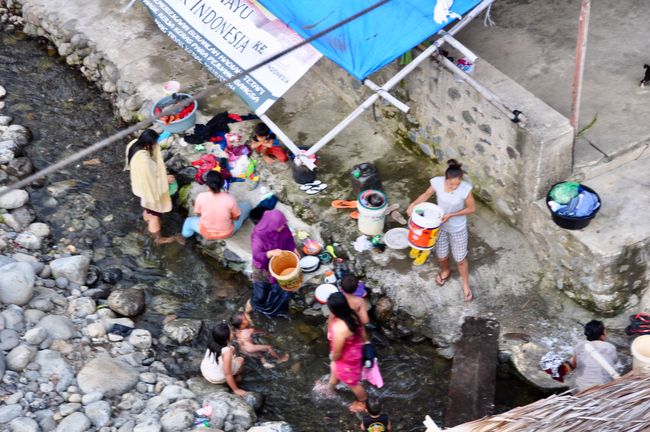
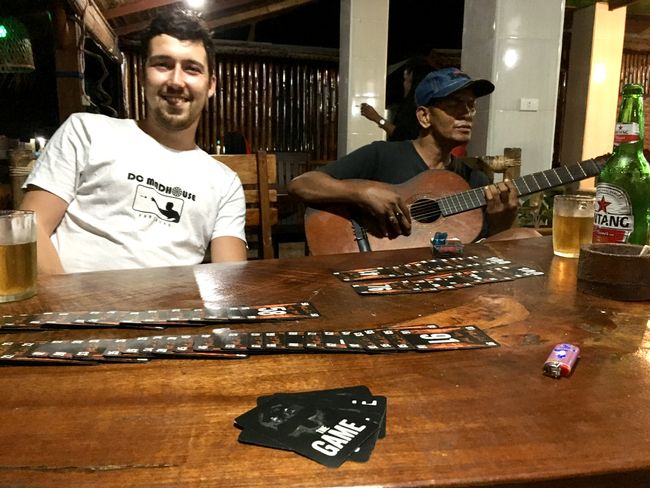
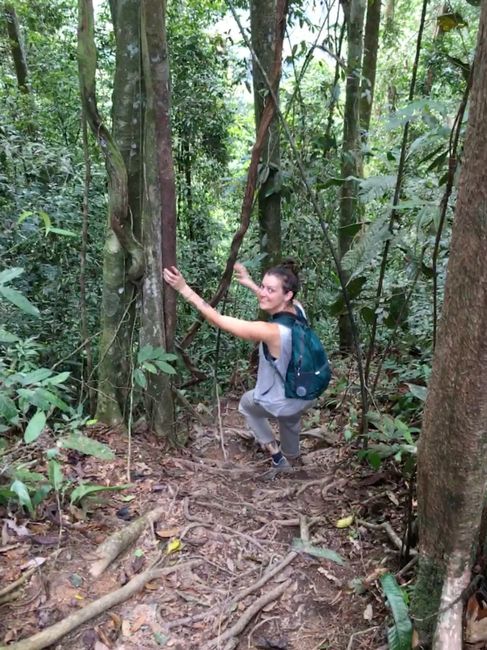
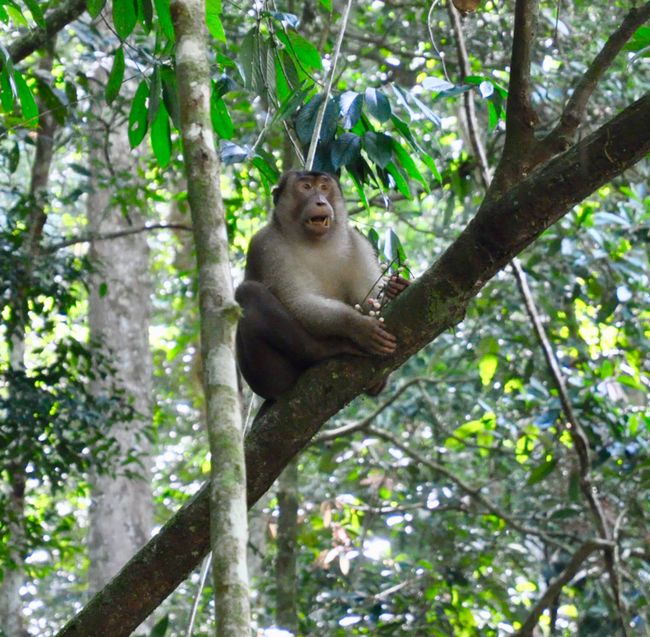
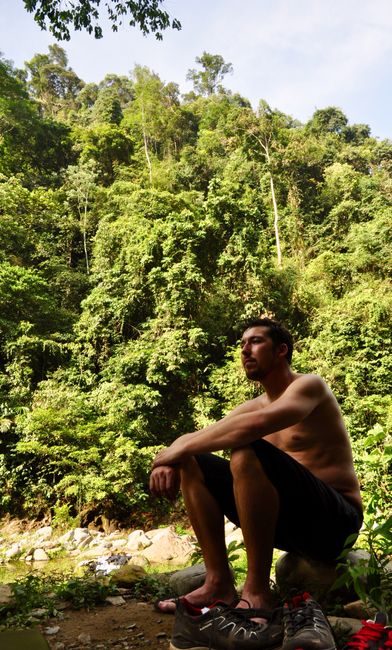
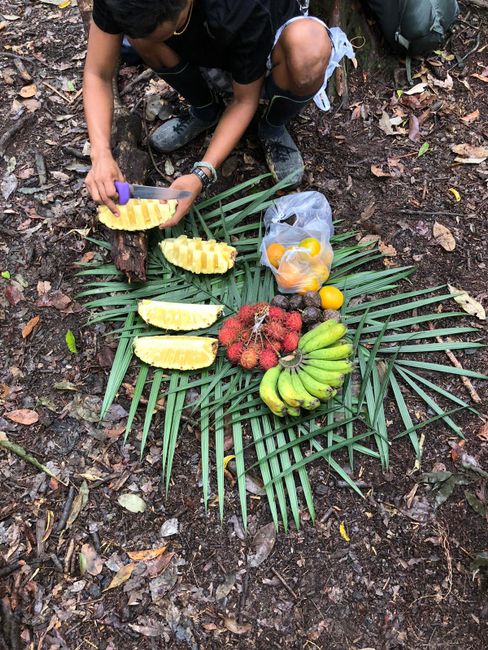
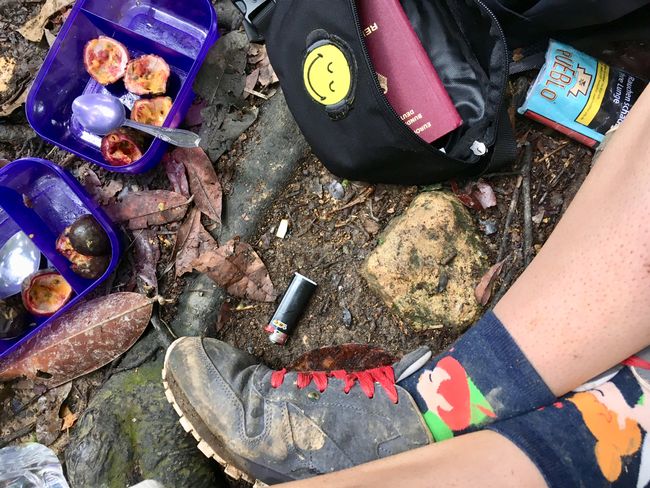
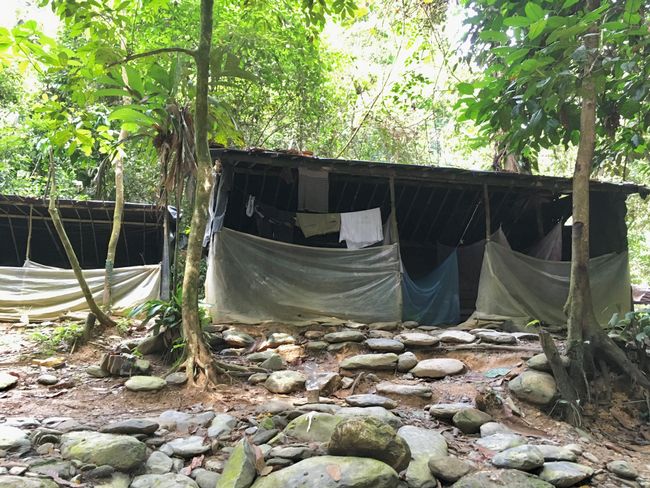
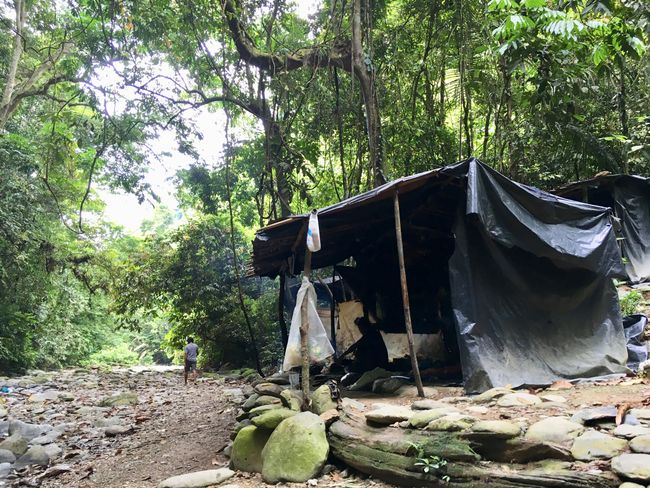
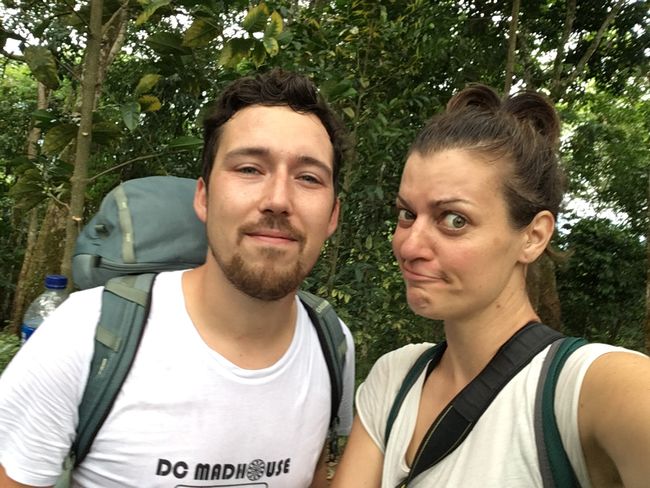
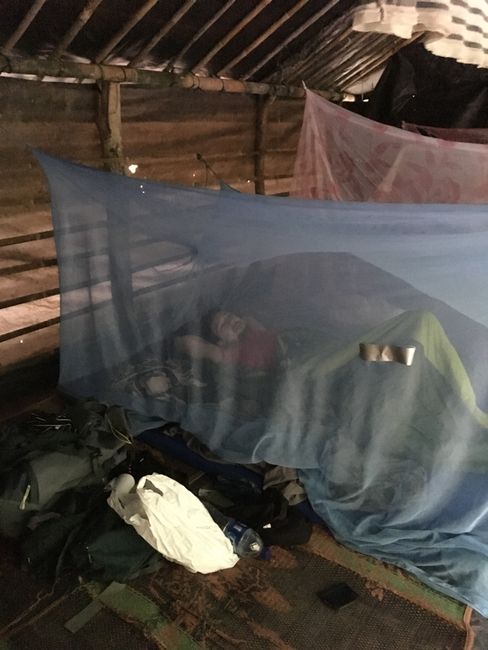
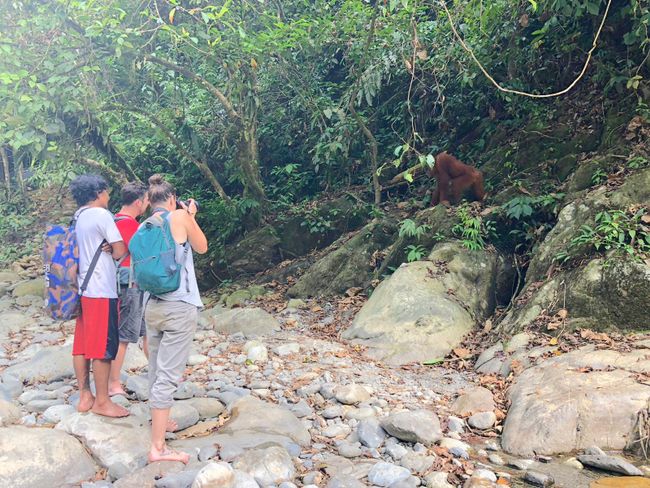
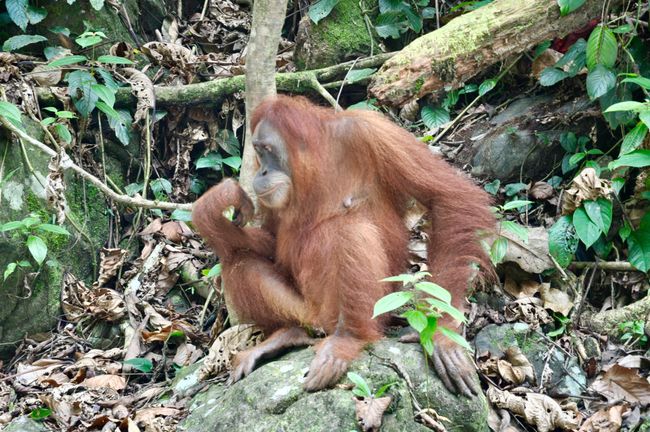
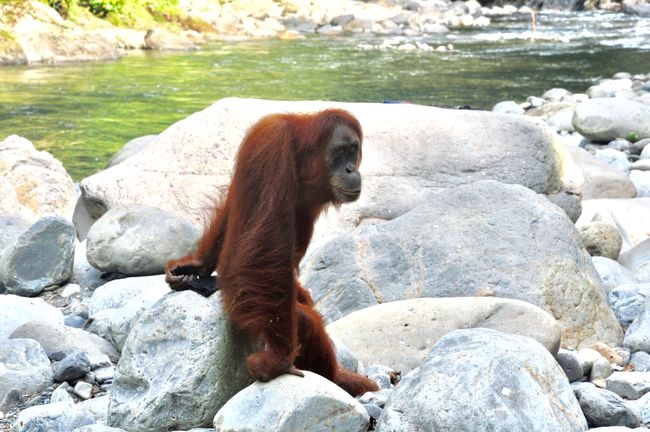
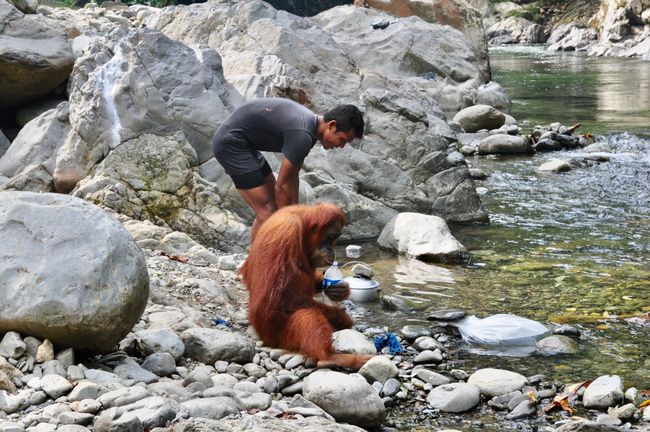
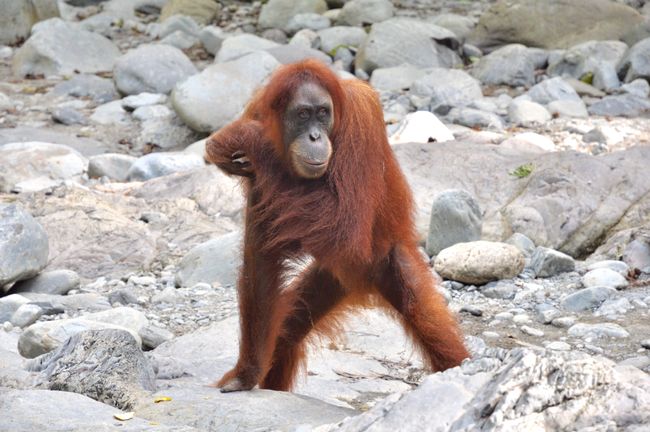
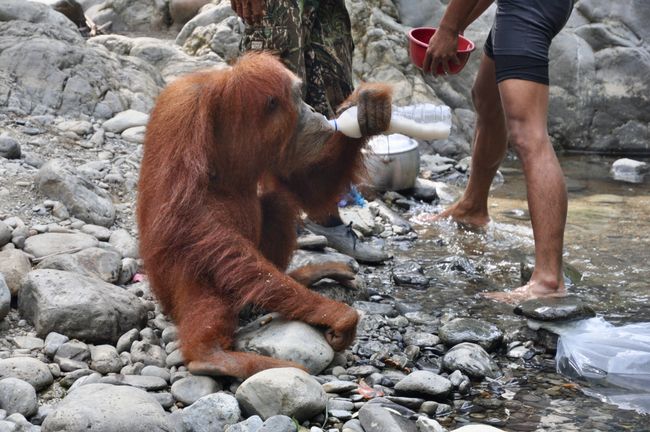
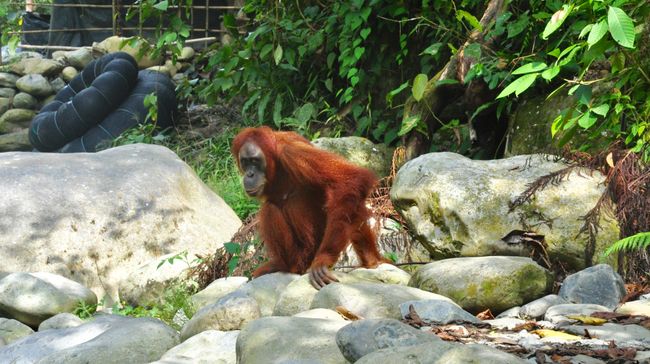
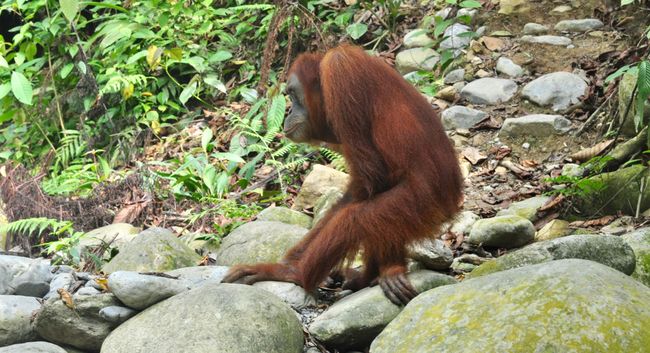
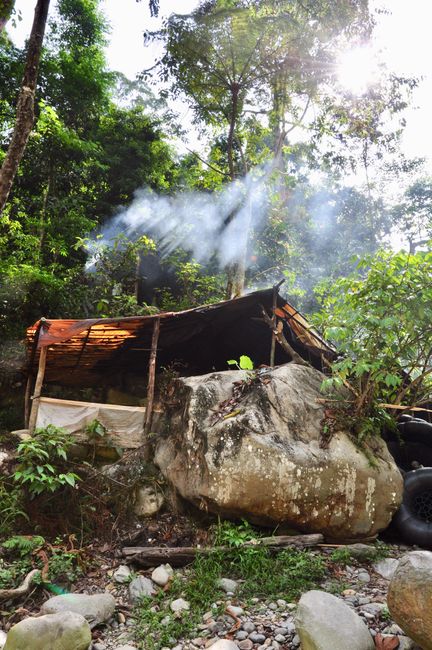
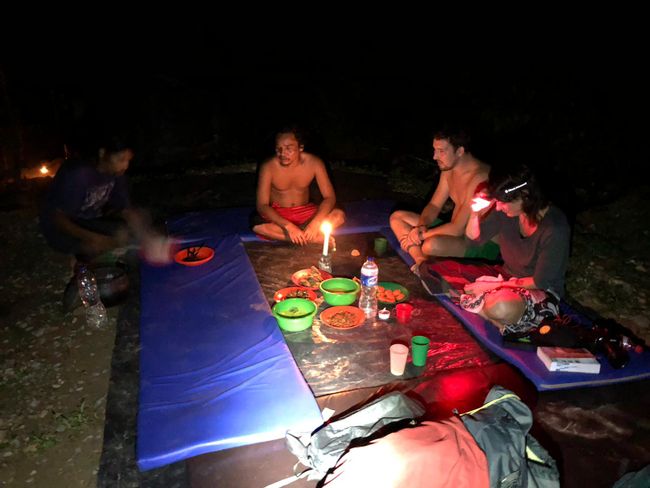
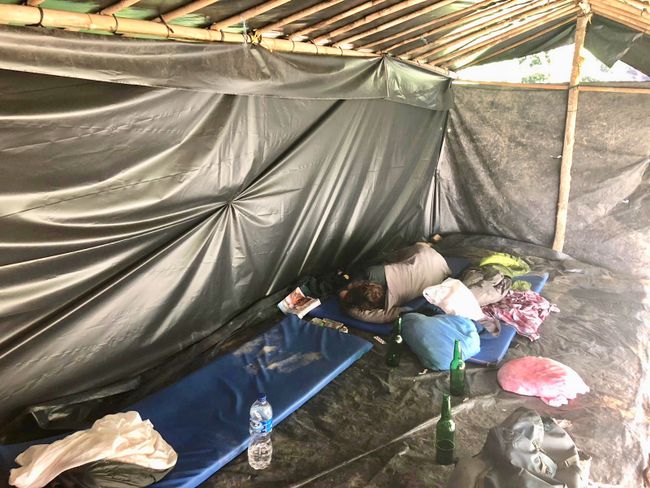
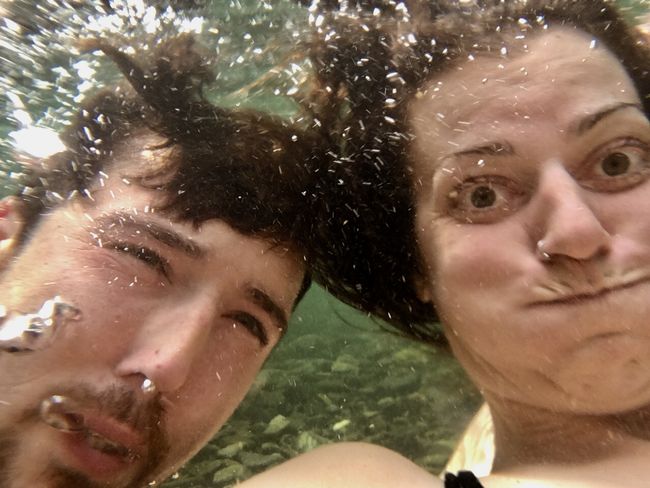
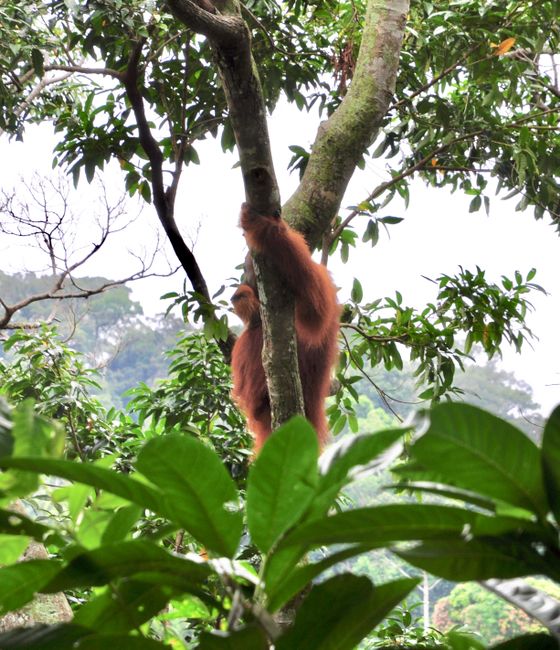
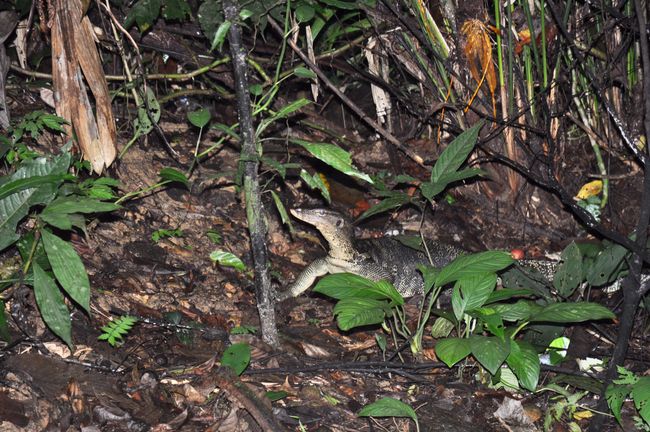
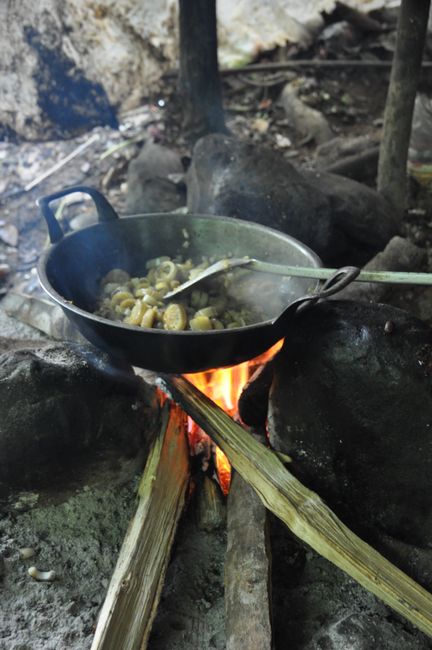
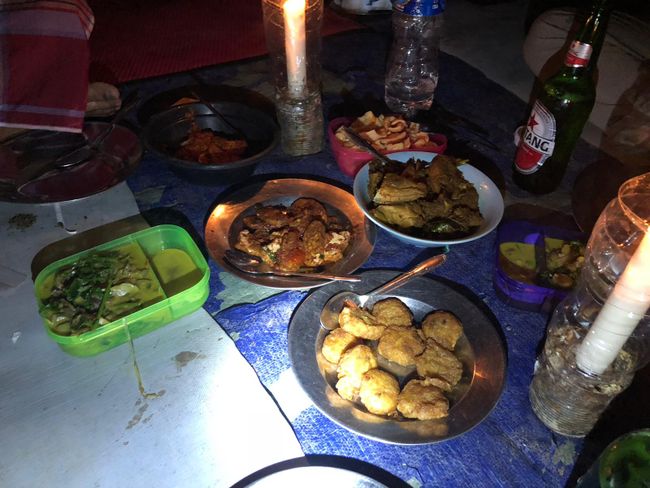
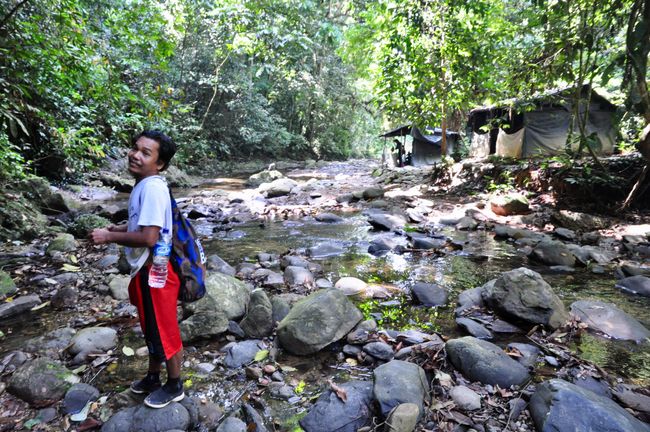
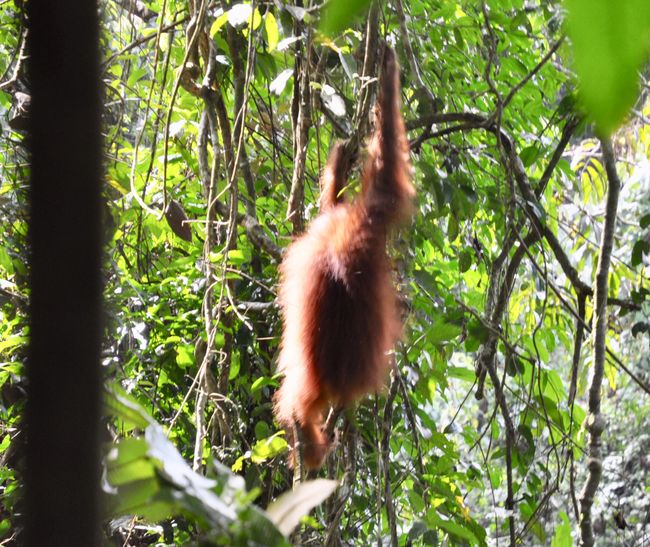

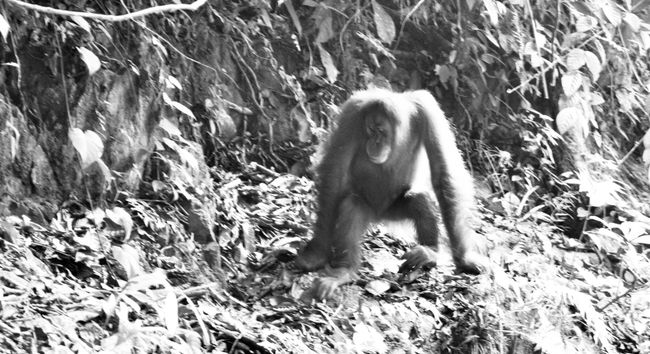
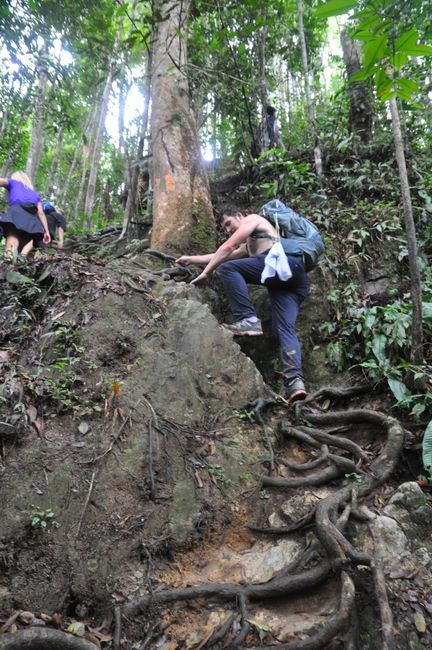
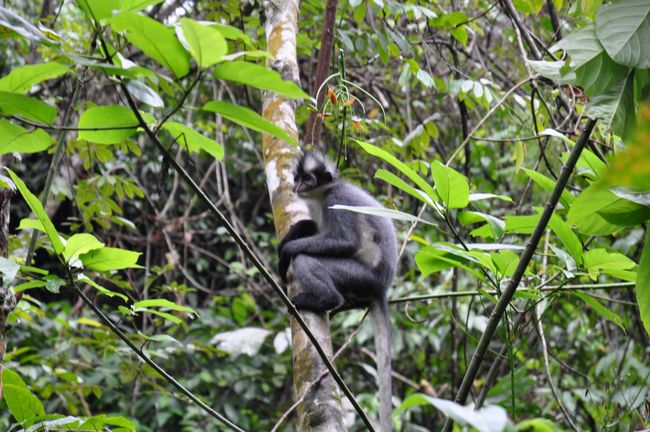
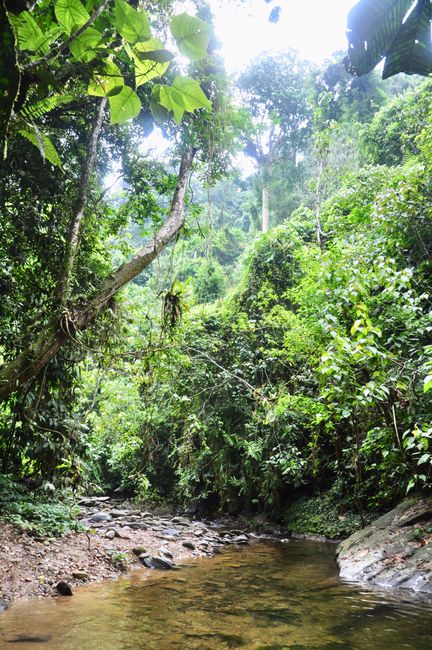
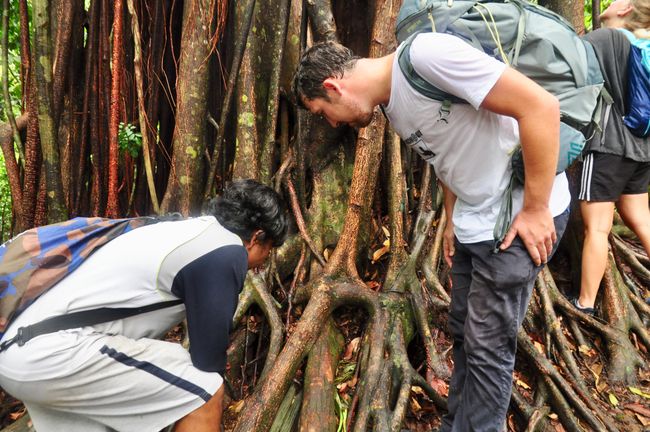
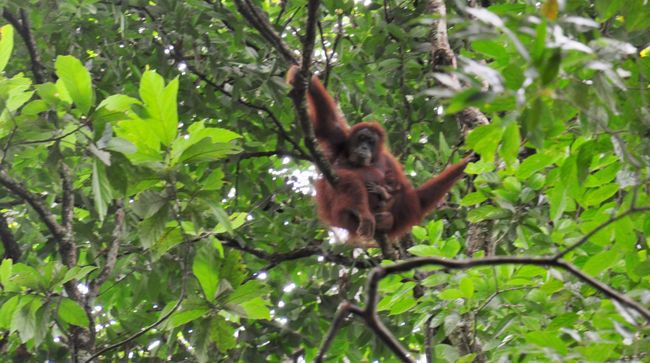
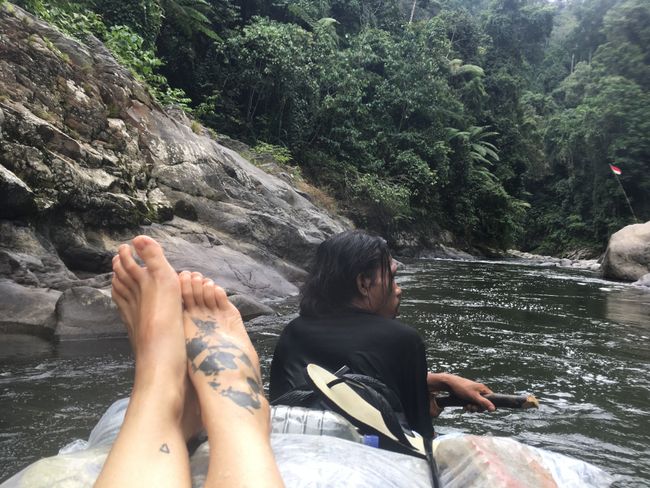
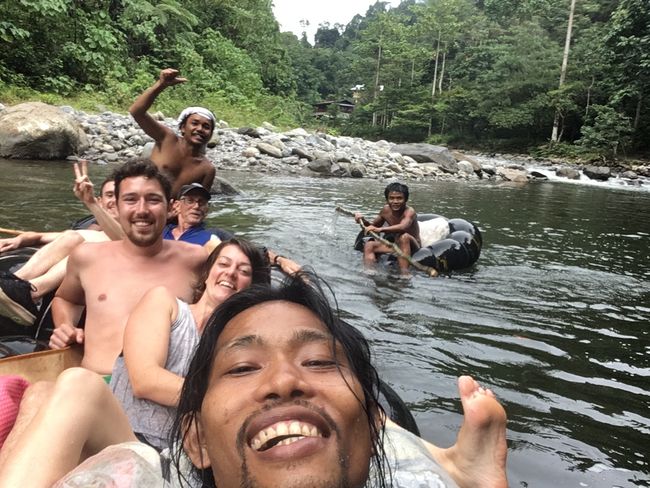
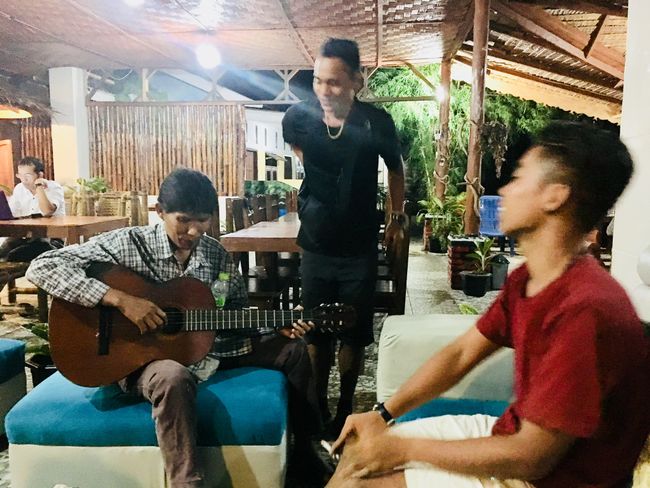
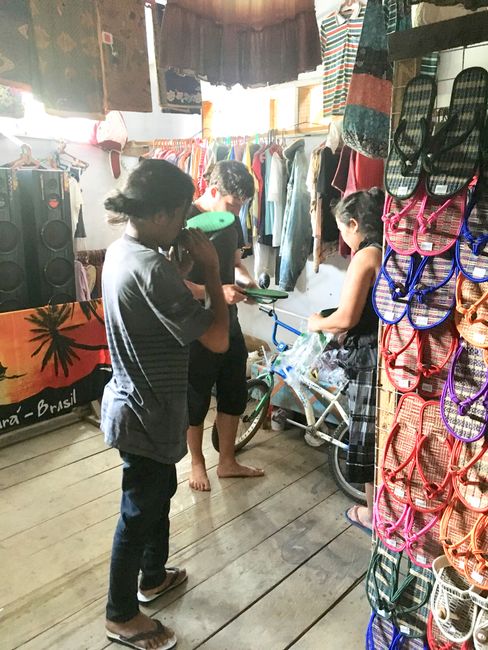
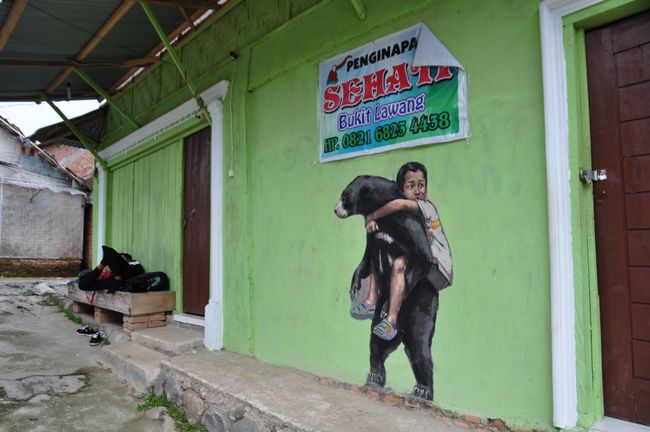
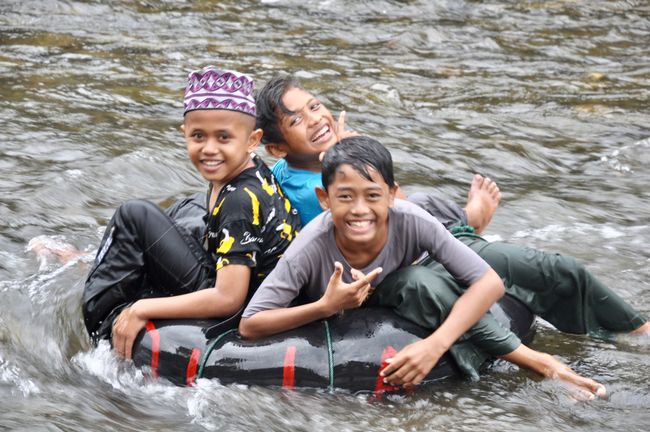
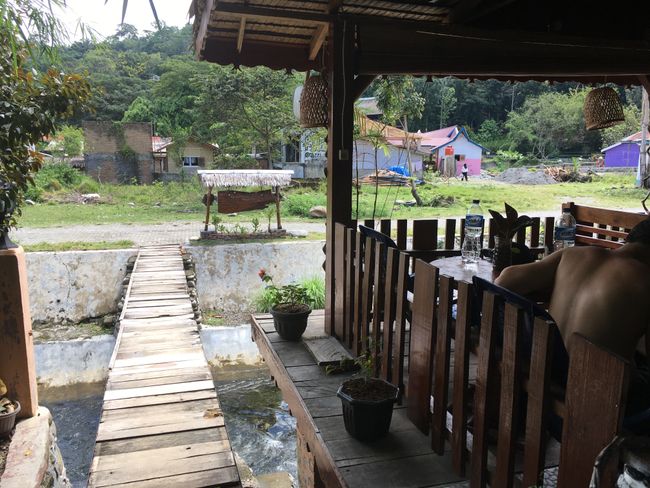
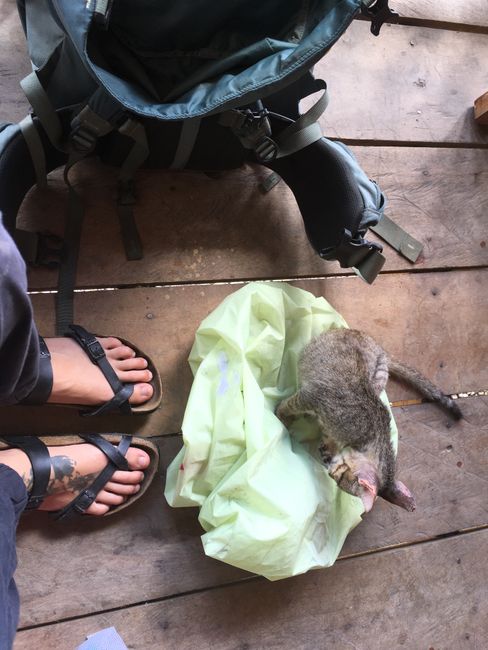
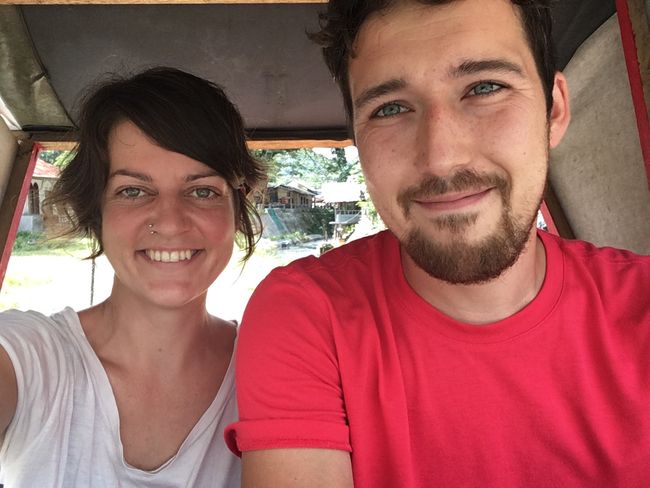
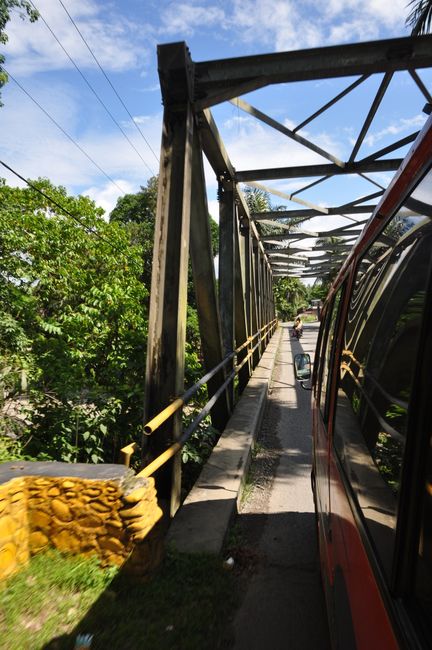
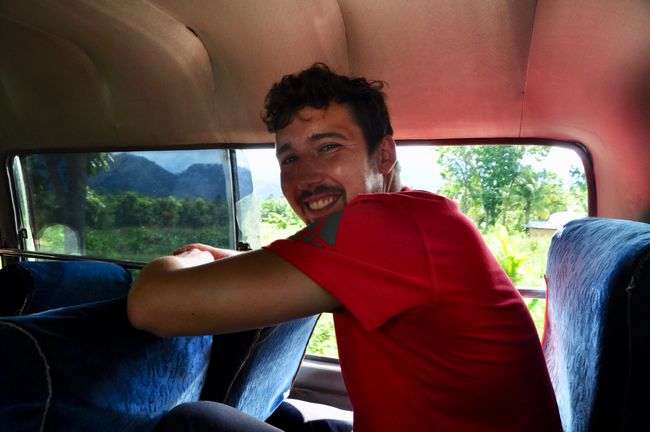
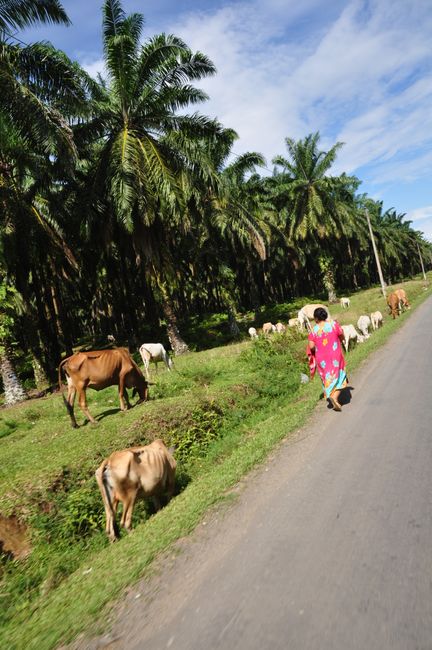
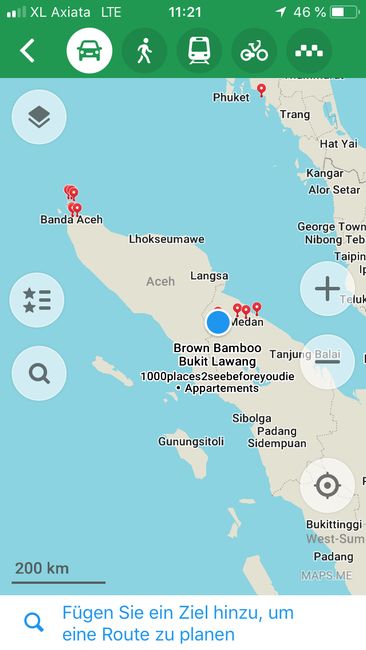
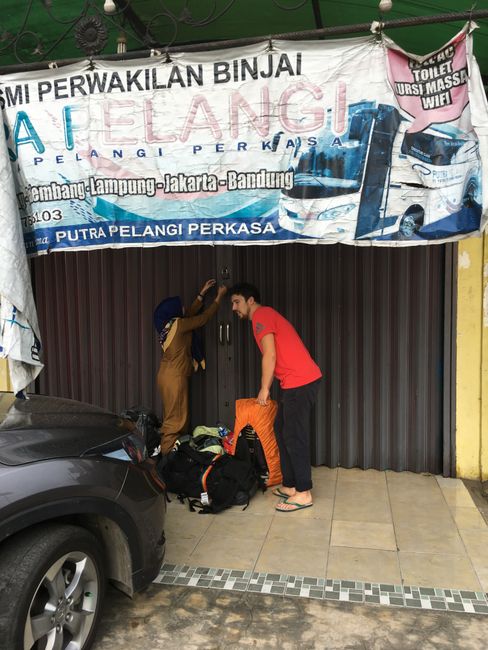
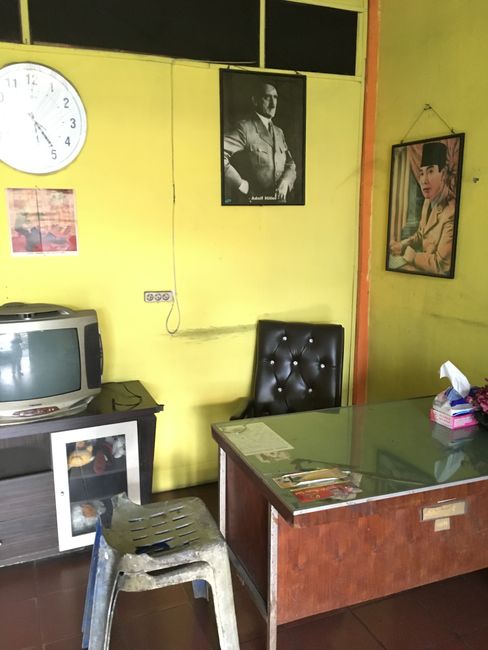

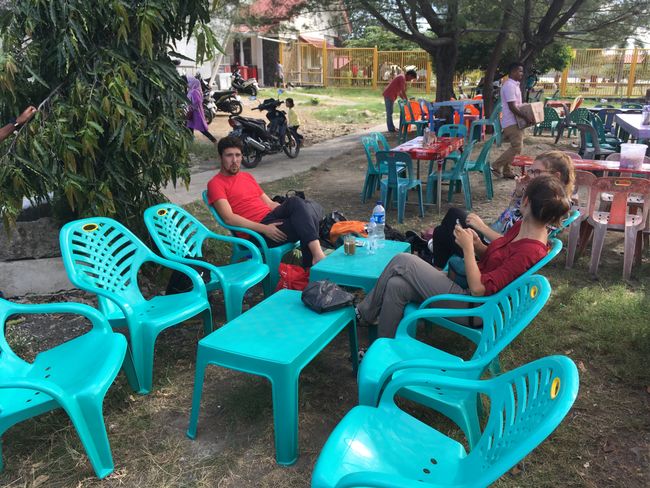
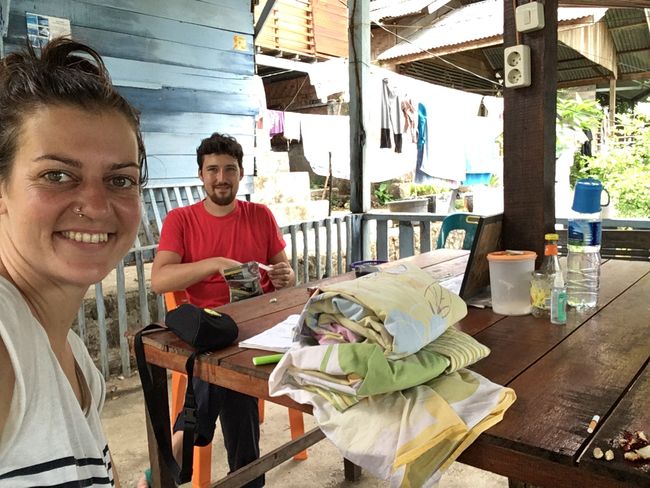
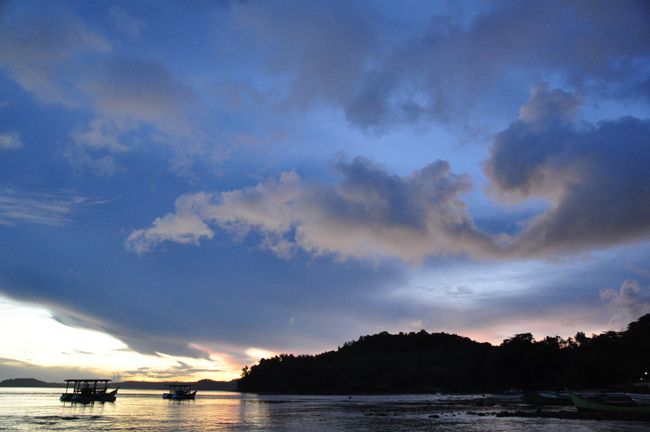
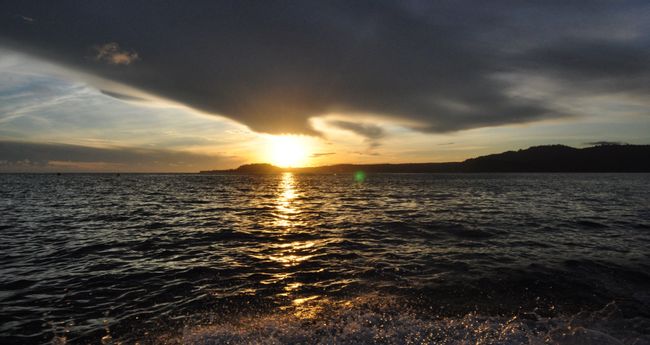
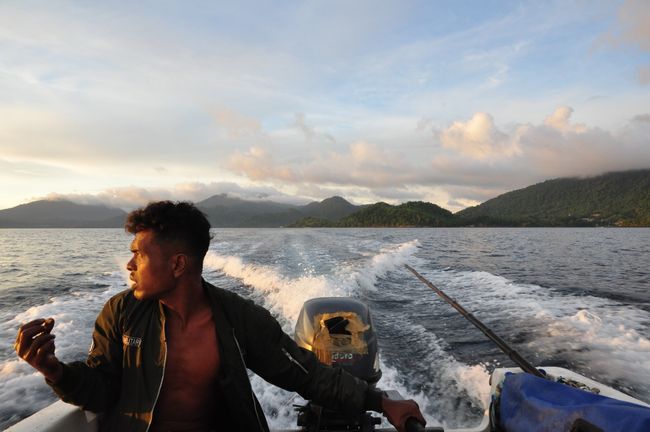
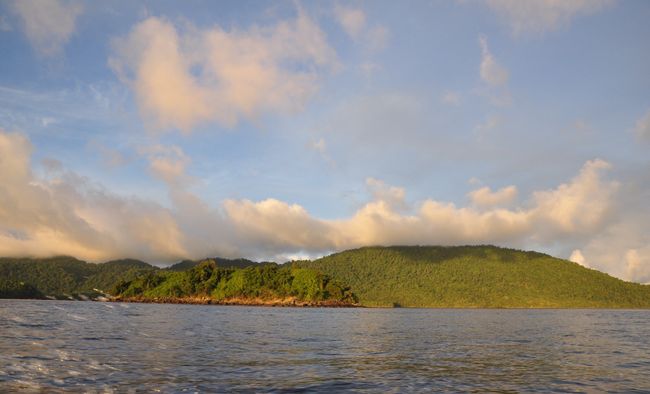
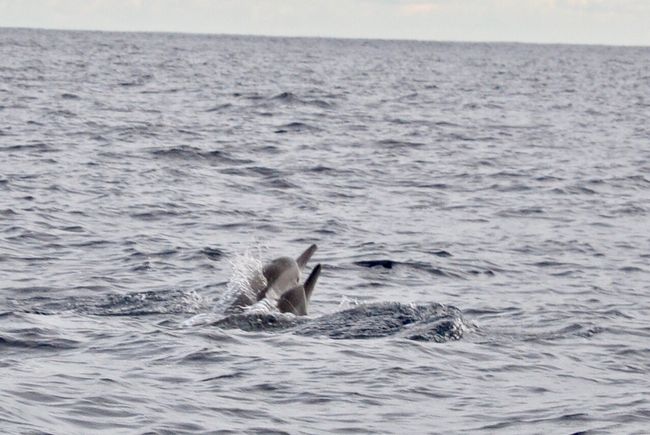
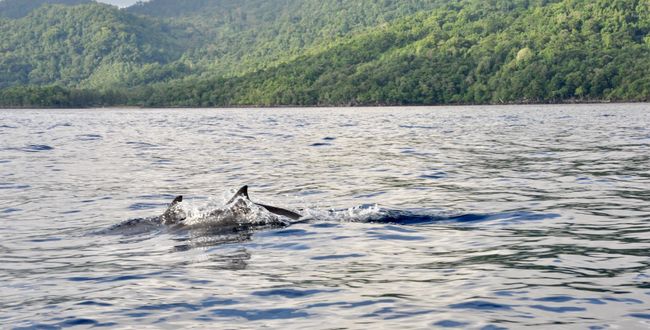
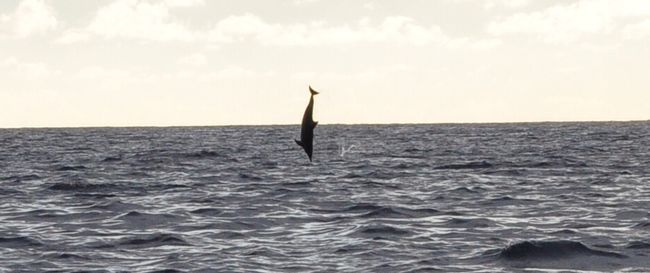
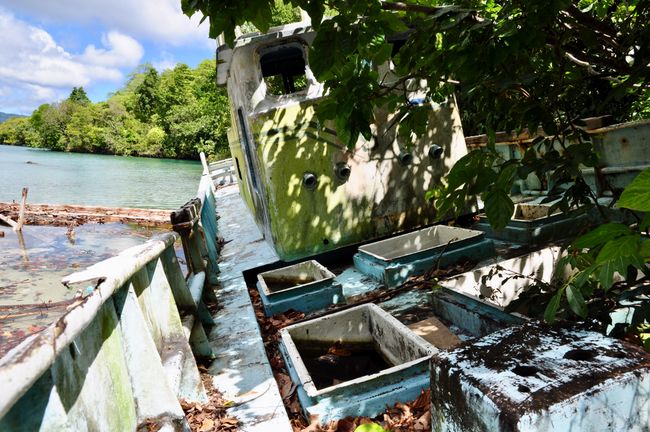
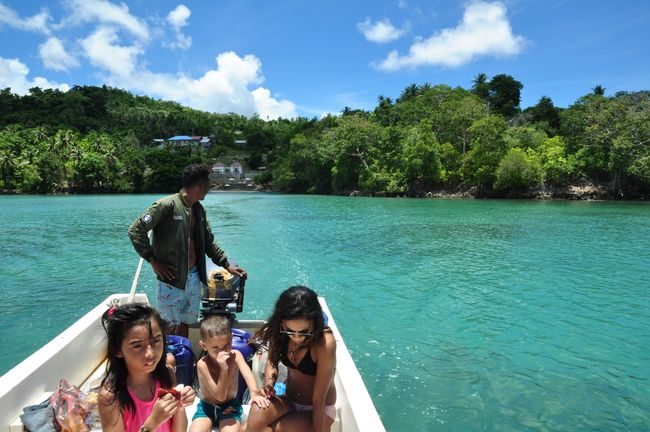
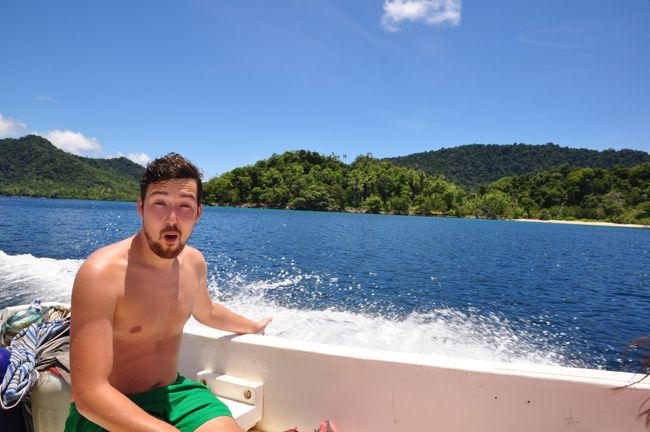
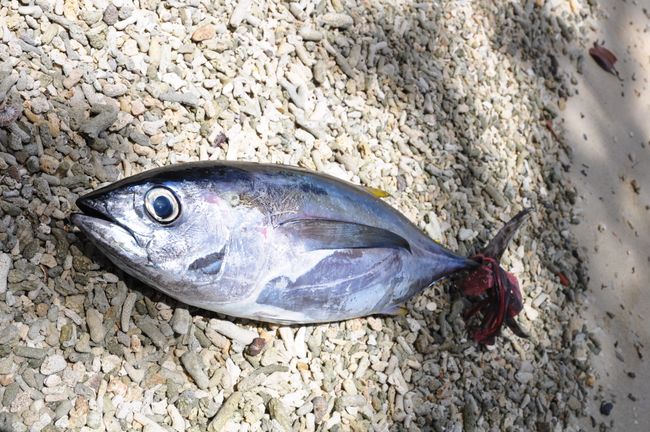
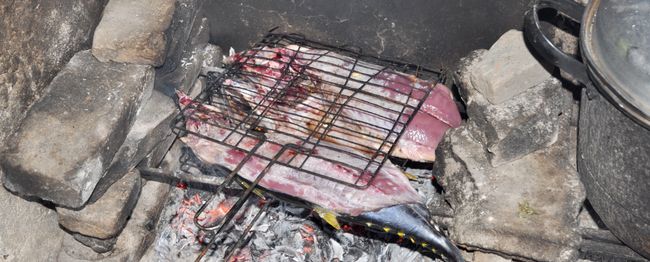
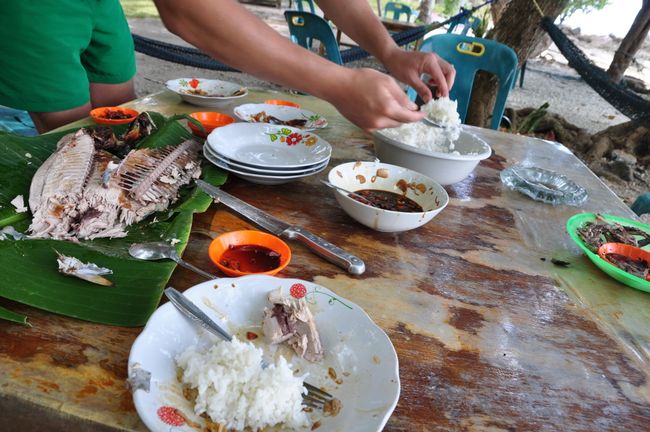
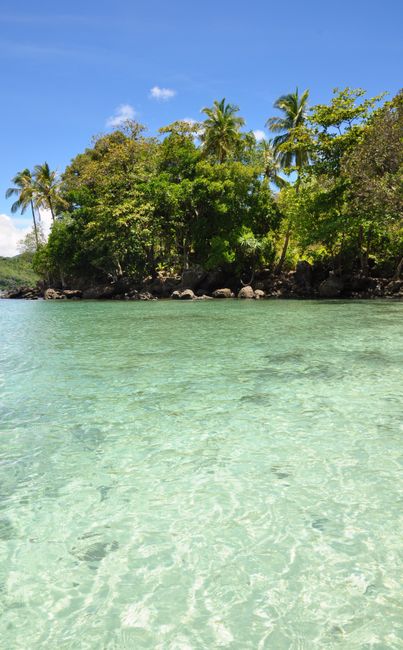
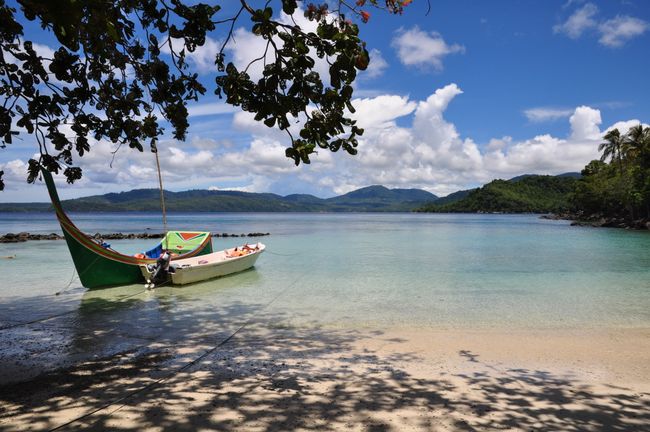
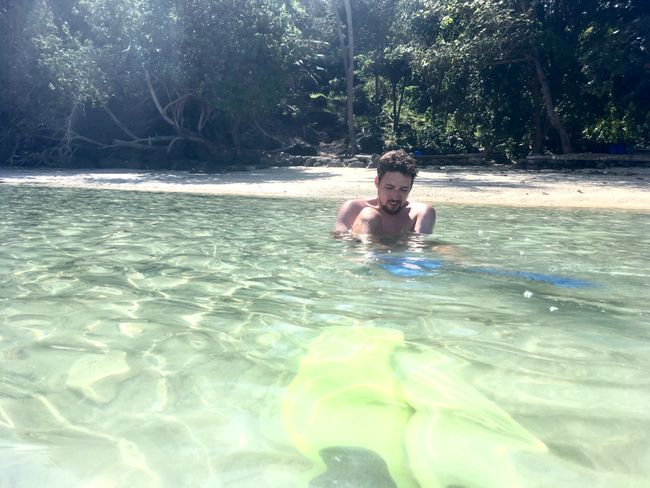
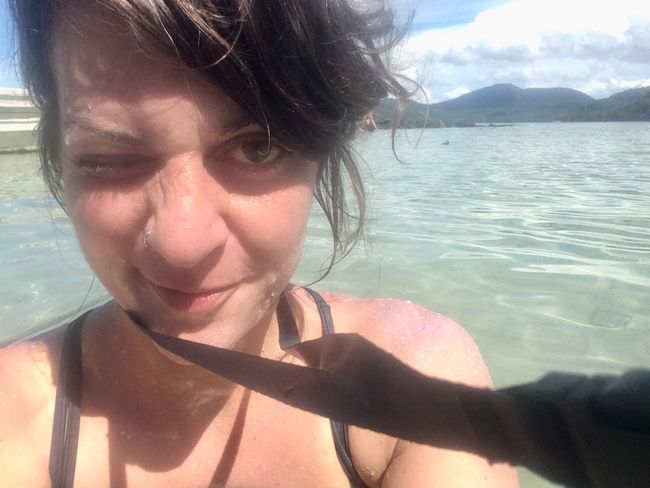
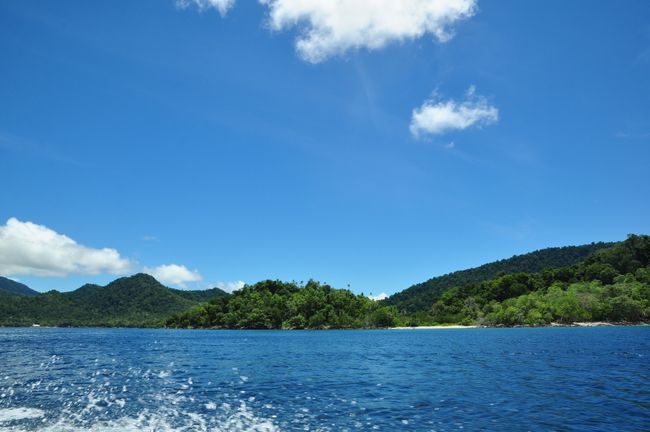
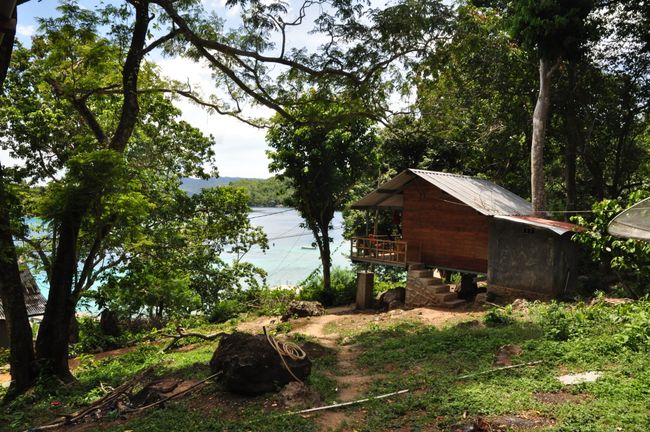
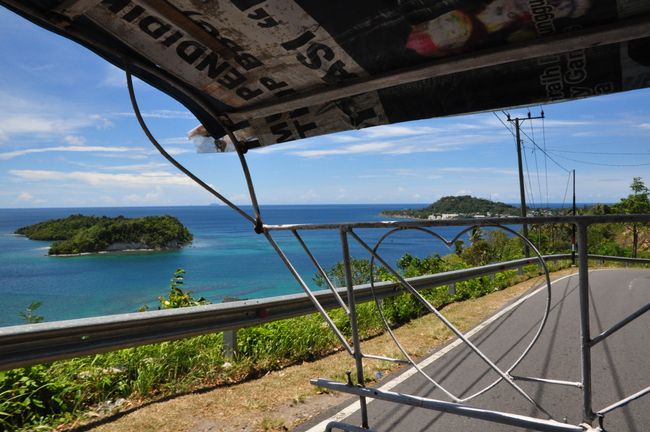
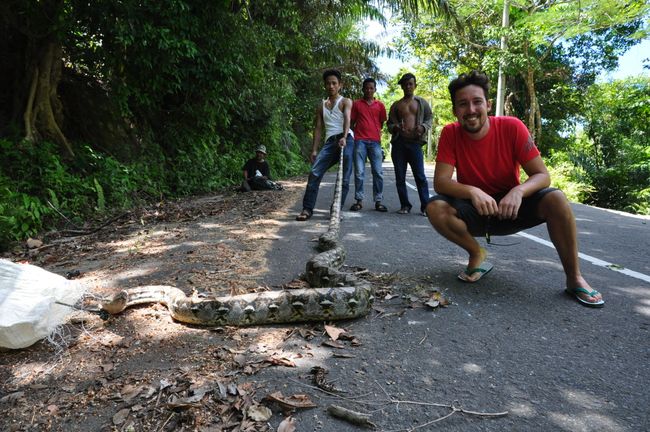
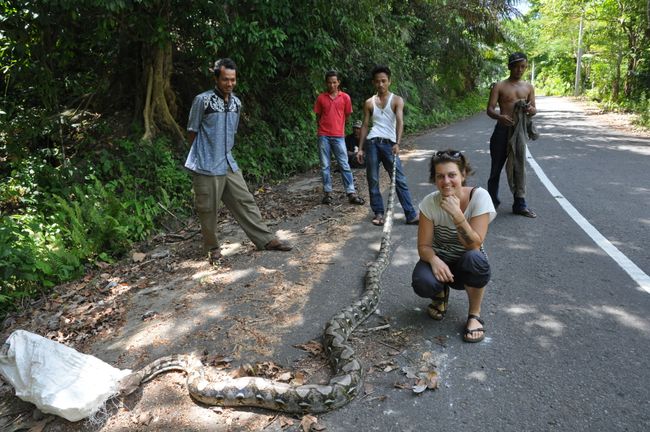
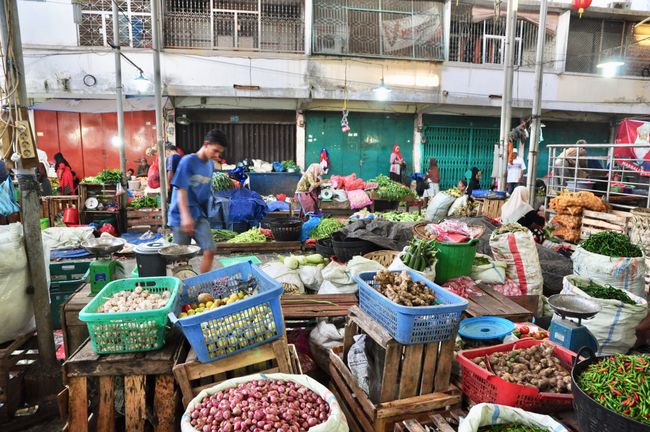
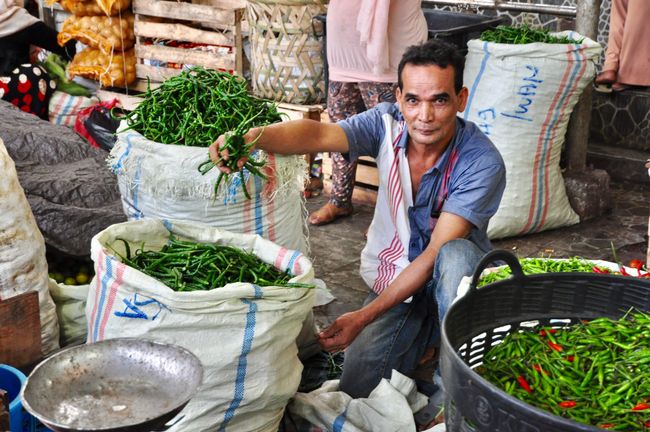
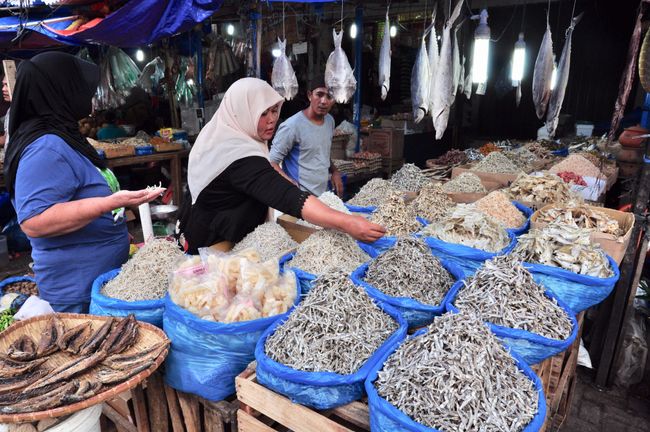
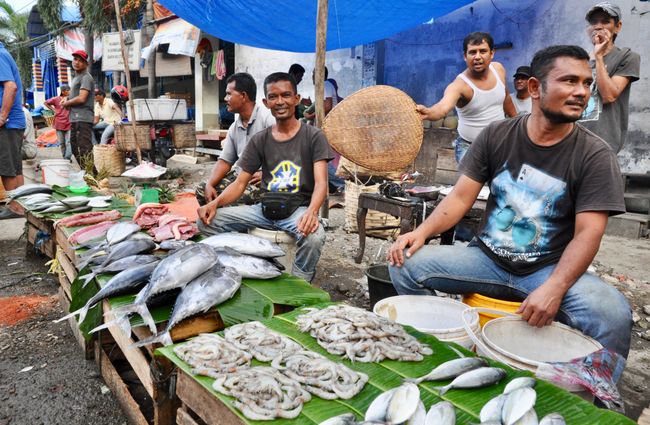
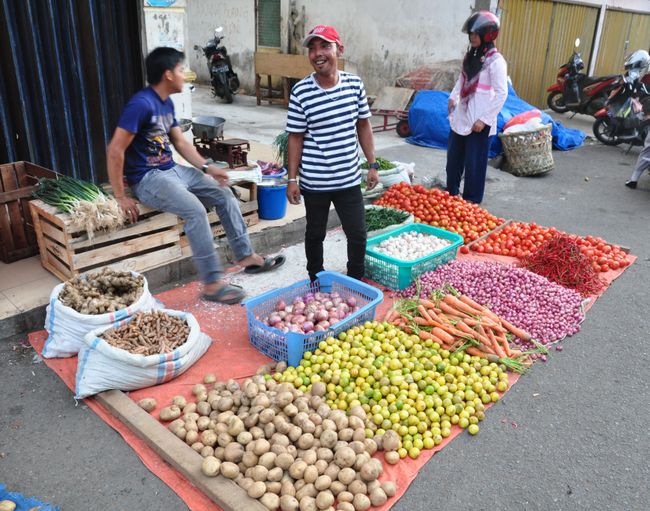
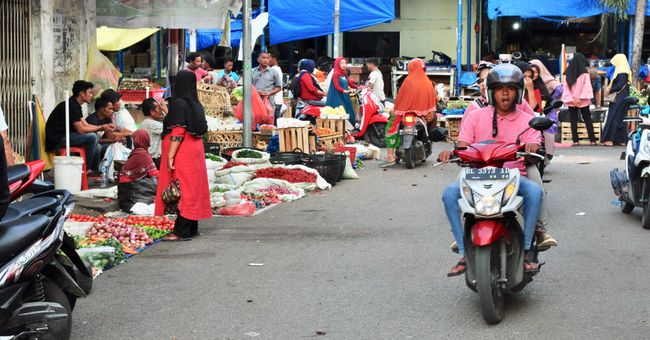
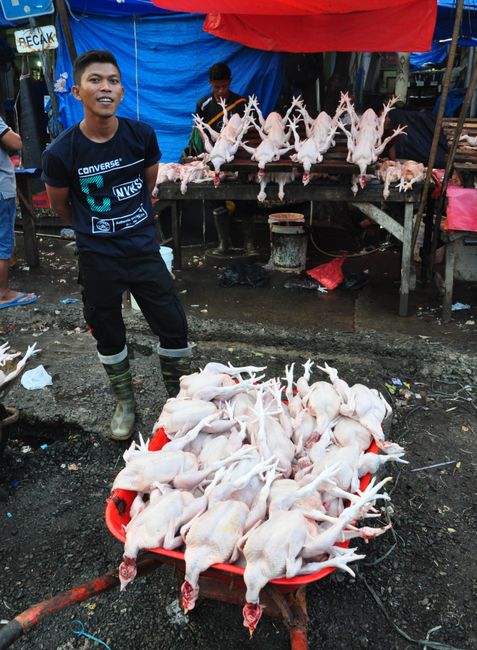
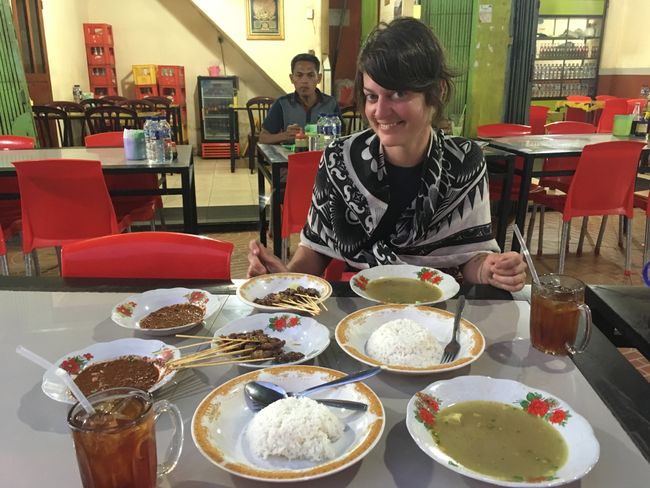
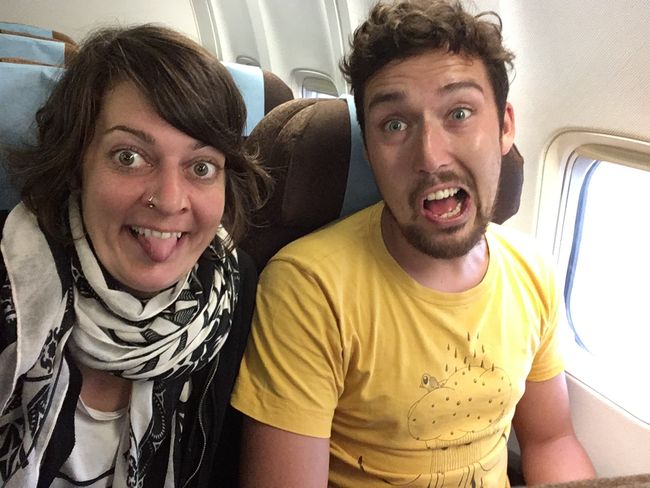
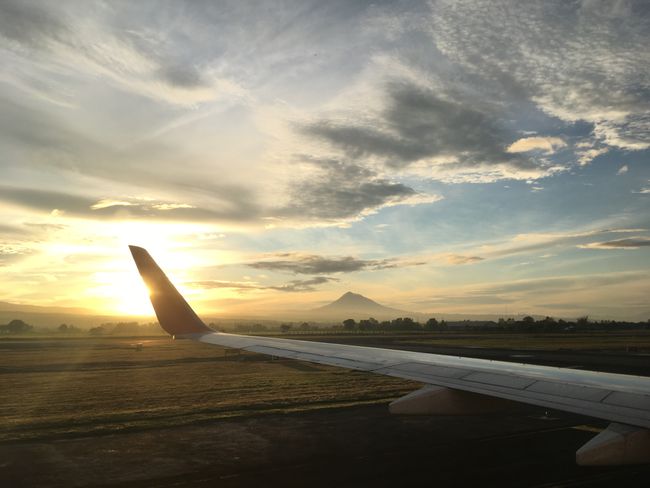
ન્યૂઝલેટર પર સબ્સ્ક્રાઇબ કરો
Medan / Bukit Lawang / Pulau Weh / Banda Aceh
(North Sumatra / Indonesia)
Hello everyone!
After completing our wonderful expedition in the Netherlands, I returned to South Baden for three days. Unfortunately, the bus is acting up again or still. This time it's the fuel tank that is not properly sealed even though it has been replaced. Hmm. Anyway, Lieutenant Ronny teaches me to have patience and perseverance, and maybe even better handle unstable relationships *grins*.
Now I have lovingly packed it up and put it into a little autumn sleep, just like I entrusted my beloved dog Mahin to my amazing mom, who will take care of him with full devotion.
When I decided to take a break for a year, I knew it would take me across the great seas - to dive into foreign, non-Western cultures, to get to know the country and its people.
A dear long-time friend from Freiburg then came up with the idea of traveling with him to Sumatra (Indonesia). In early September, we flew from Zurich to Medan on Sumatra.
•••
Facts about Indonesia by guest author Julian:
Indonesia is a country with over 255 million inhabitants, making it the fourth-largest country in the world. The people are mostly of Islamic faith, making it home to the highest number of Muslims worldwide. But it's not just Islam, Buddhism, Hinduism, Christianity, as well as countless tribal peoples and subgroups are also represented here.
Indonesia consists of over 17,500 islands around the equator, most of which have a constantly humid tropical climate. The meeting of tectonic plates here leads to regular earthquakes, as was recently observed in Lombok. Due to its unique geographical location, the country has developed many volcanoes over thousands of years, some of which are still active and are considered a trademark of the country.
High rainfall and average temperatures of around 27°C provide an ideal habitat for a diverse tropical flora and fauna. One of the most famous representatives is the orangutan. There are only wild orangutans left in Sumatra and Borneo, which once spread across Southeast Asia. Although they still find sufficient habitat here, their habitat is shrinking due to urbanization and deforestation (in favor of our beloved palm oil). As a result, the Sumatran tiger is also endangered. The WWF estimates that there are only about 400 wild individuals left.
As we learned from our trekking guide, deforestation and the resulting production of palm oil have led to a significant improvement in the quality of life for the poor population of Indonesia.
'Protecting the rainforest is very important, but the forest doesn't matter, if your family has nothing to eat' (Beik 16.09.18).
A double-edged sword.
•••
We quickly found out that we would bypass some cities as they are noisy, polluted, and rather dirty. We wasted no time in leaving Medan, the capital of Sumatra, and heading to the rainforest in Bukit Lawang to search for the orangutan and its jungle residents.
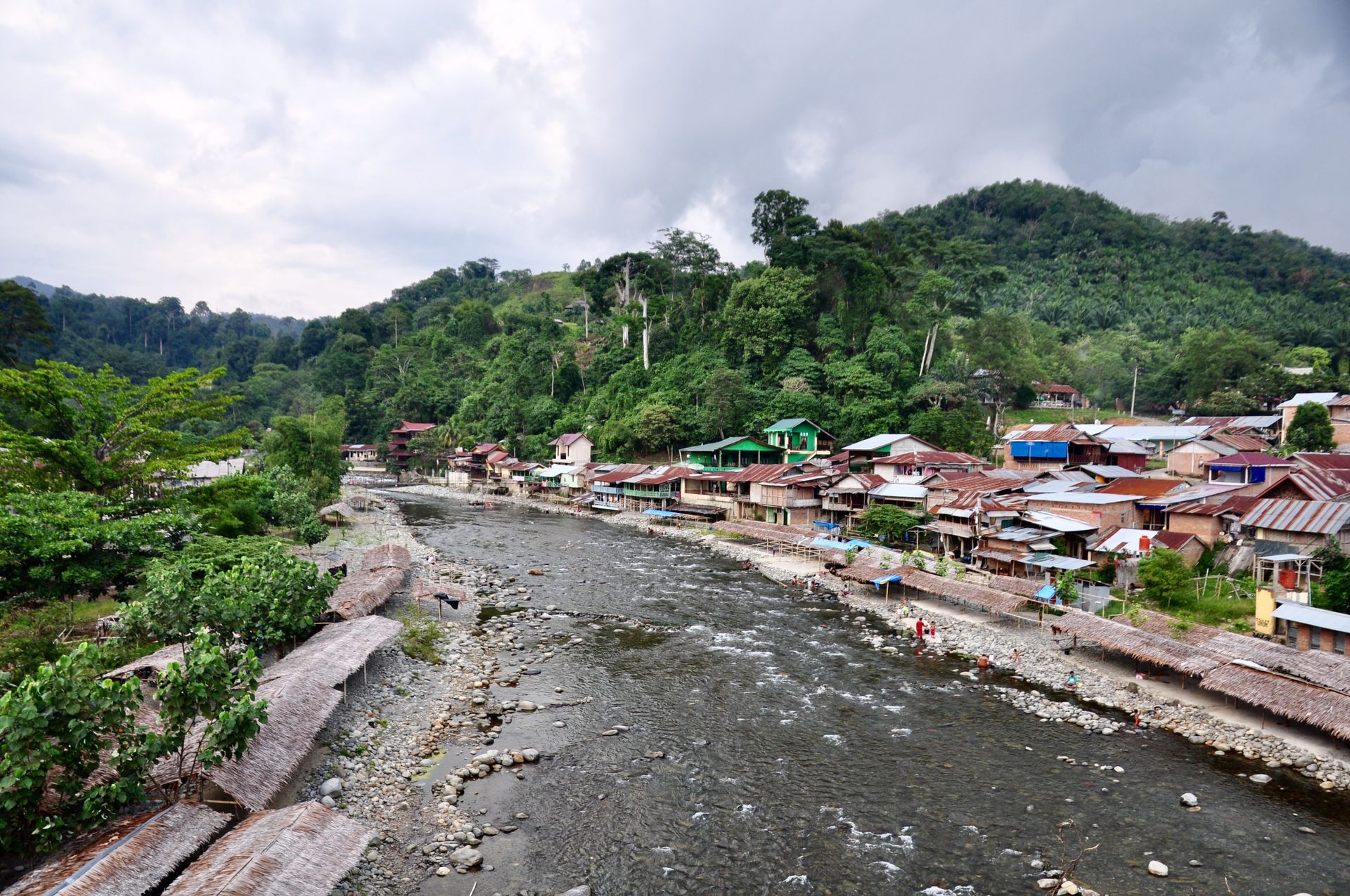
Snakes, tigers, insects, and various species of monkeys live there. Great, we're excited. But wait, mmhhh tigers, yes tigers, they are relatively large predators after all. Well, let's not dwell on that too much.
A day later, with minimal luggage, we set off to explore the Gunung Leuser National Park in North Sumatra for three days and two nights. Romain from France joined us with two local guides to explore the rainforest and camp there in a minimalist way.

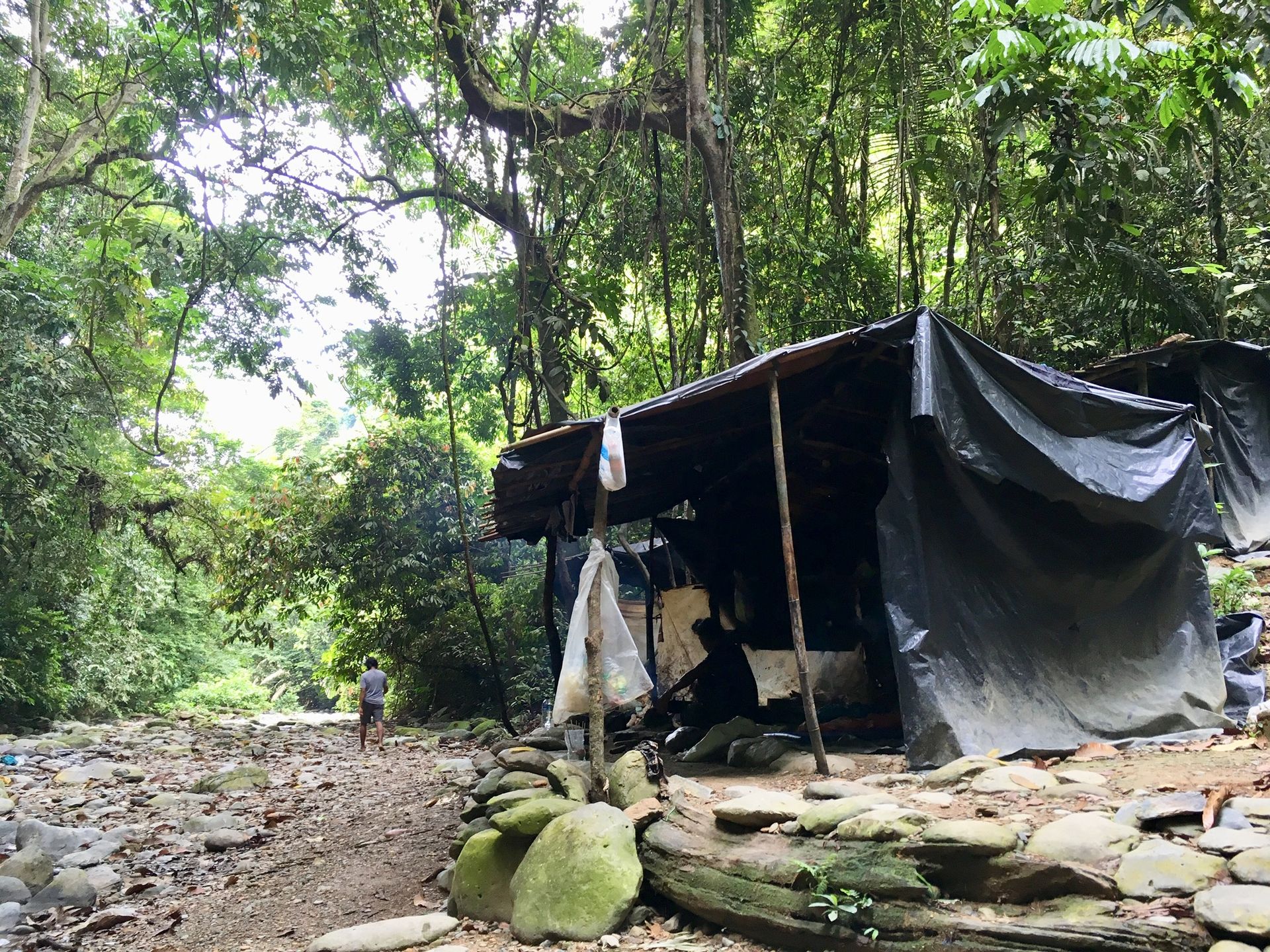
Temperature 30 degrees / Humidity 95%
Right from the start, we were very lucky and saw an orangutan, but by the time I realized it, the show was almost over. But over the next few days, we were lucky enough to see these impressive and beautiful animals four more times - their facial expressions and gestures are so incredibly human-like, simply enchanting.
Unfortunately, the animals suffer greatly from deforestation for new palm oil plantations, which, on the other hand, create new jobs for the mostly poor people there, as we have learned. The locals have mixed opinions, and only those who have secured prosperity will engage with sustainability.
Our first overnight camp was by a small river, where a sleeping area and a kitchen were set up.
Padok, who prepared the food for us, Beik, our guide, and the three of us visitors sat comfortably in the dark with delicious Indonesian food in our bellies and talked about our lives in two such different worlds that couldn't be more different.
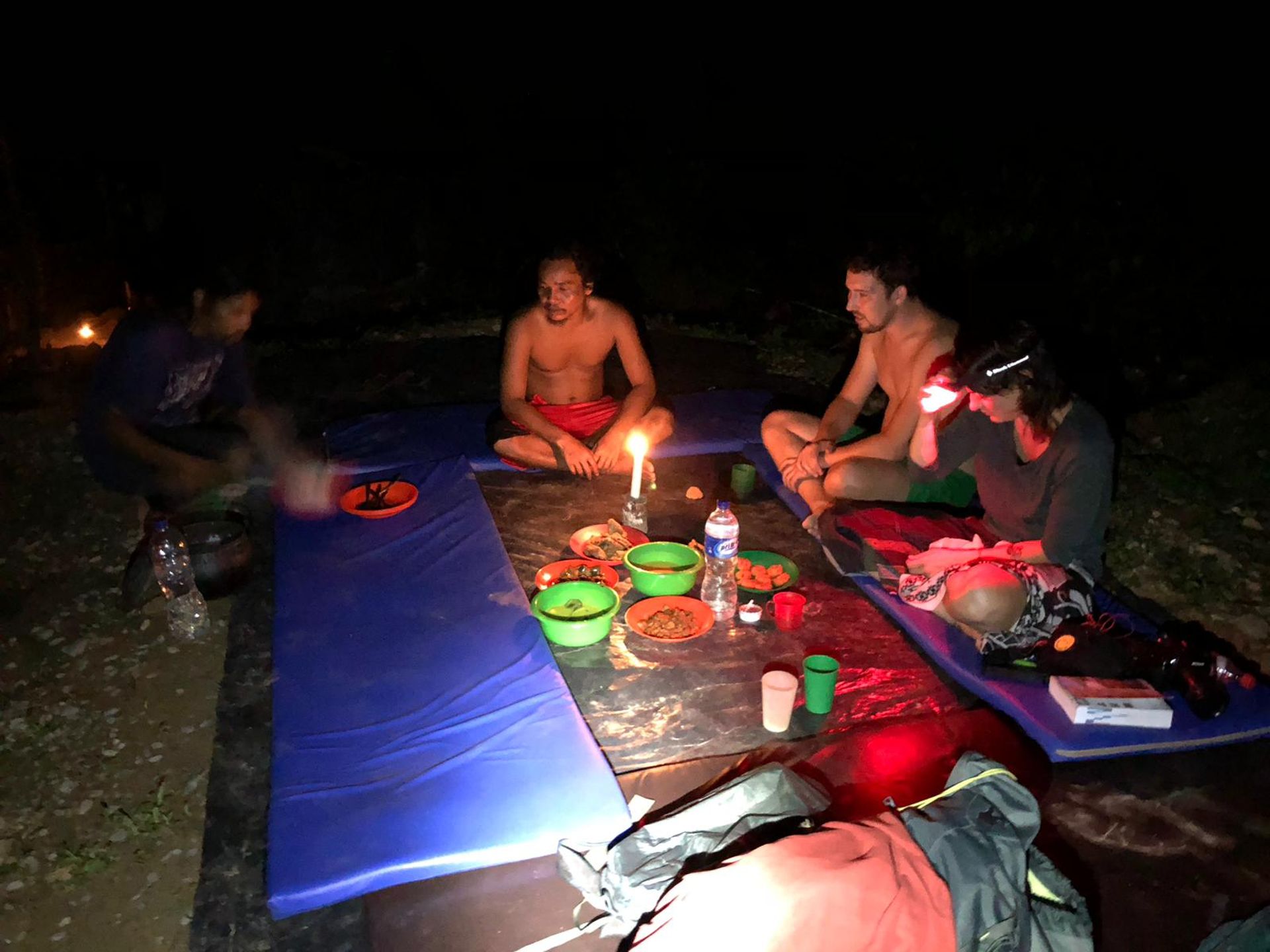
That reminds me of the tiger again. At the same time, my gaze goes to our "bedroom," which has no door and only a blue-pink mosquito net to protect us.
I look at Beik and ask the question, that theoretically a tiger could appear there.
Sidebar: five days earlier, a tiger was in the village and "attacked" a cow.
With this information in mind, I asked in my sometimes naive way if, when the tiger attacks, it inevitably eats what it attacks!? (Vanessa's thought on this: an attack wouldn't be as life-threatening as being eaten :) )
I then heard a slight laughter in our sociable group.
Beik quickly dismissed my hopes of only getting injured and dryly added that it would be "bad luck" if we/I/he were attacked. Jungle life, you know.
A brief silence, then Beik continued, "But the tiger already ate the cow in the village, so it should still be full." Loud laughter from everyone.
The jungle people really have a sense of humor when it comes to this topic. And in reality, the local guides who have been going into the jungle for decades and know it inside and out have only seen individual tigers a few times.
Conclusion: the probability of being eaten by a tiger is very low when you consider all the factors, just like many things that people fear.
No one can take away from me the experience of having to go into a dark forest when I "have to," with the thought that a tiger could simply be standing there. I am so grateful for that and it still excites me tremendously :)
After our first few days in the forest, we took an overnight bus to the northernmost end of Sumatra, Banda Aceh, and thus the northernmost end of Indonesia.
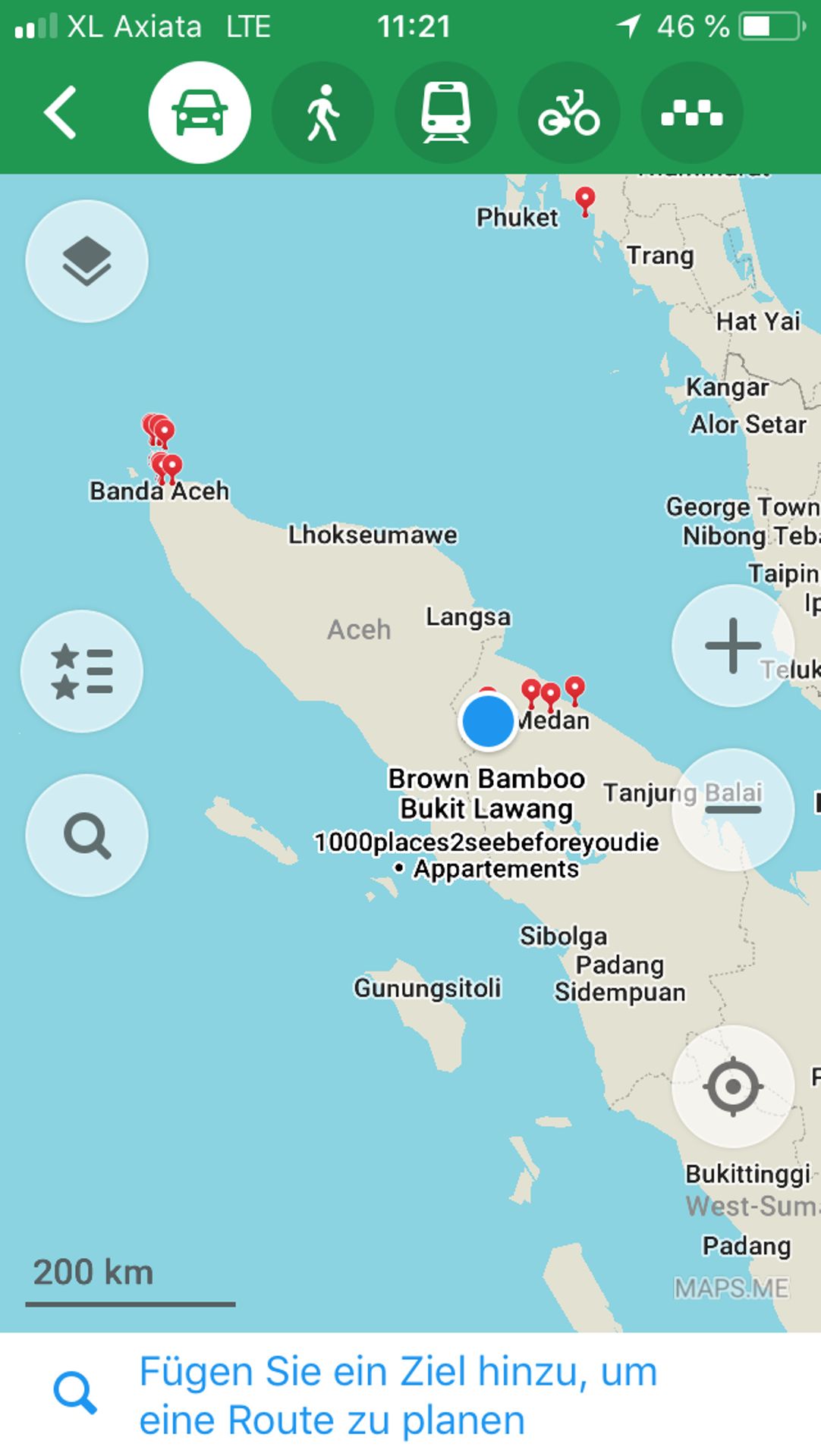
Bizarre encounter in the bus office:

677 km in 15 hours from Bukit Lawang to Banda Aceh. Bad roads and a lot of traffic make travel in Indonesia longer than usual.
When we arrived, we took the ferry to the paradise island of Pulau Weh, where we had three wonderful days. We went snorkeling, watched dolphins have their breakfast in the sea at 6 am, and met very nice people again, with whom we spent 14 hours on the boat and deserted beaches.
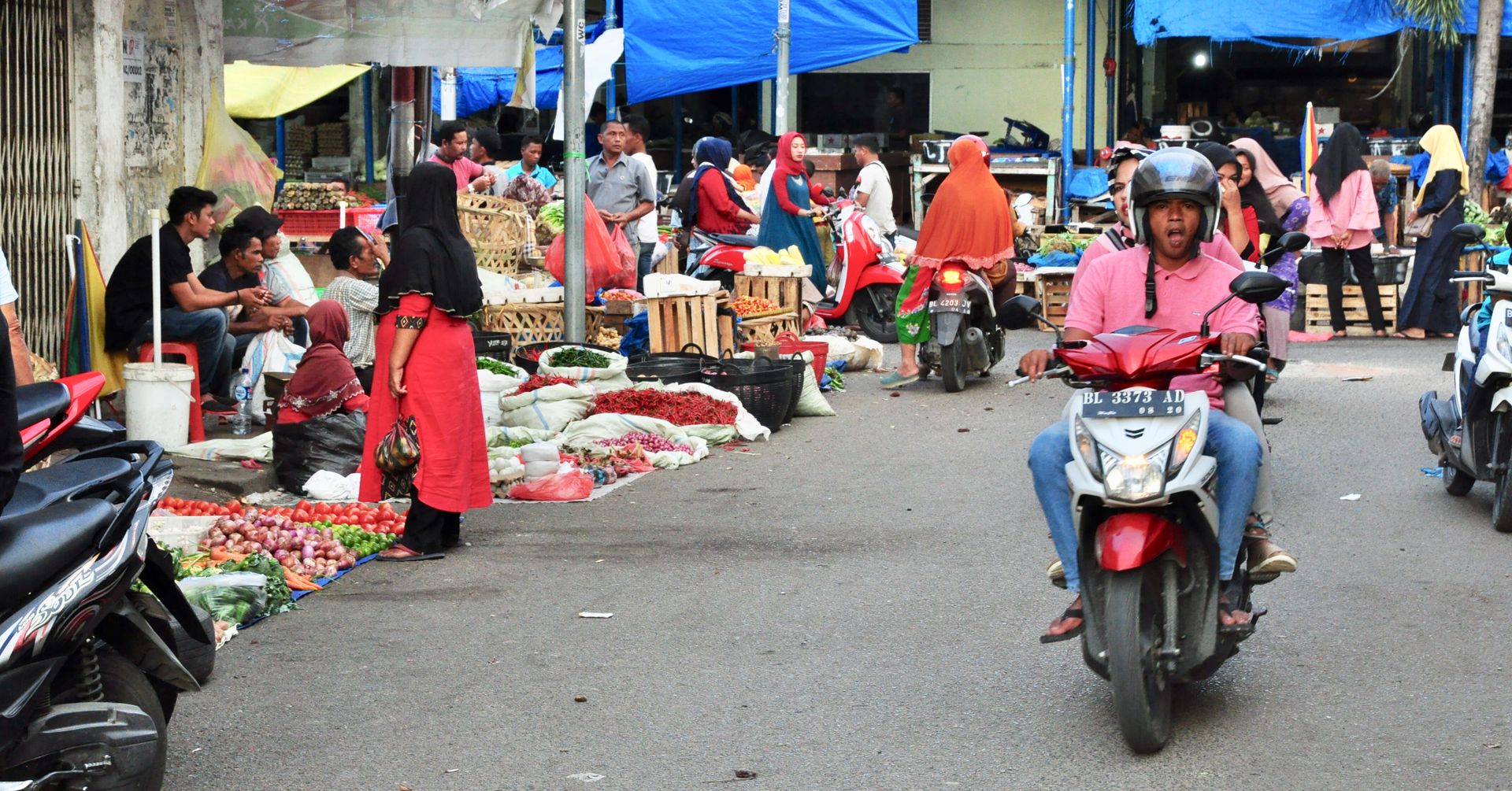

ન્યૂઝલેટર પર સબ્સ્ક્રાઇબ કરો
જવાબ આપો (2)
Friedbert
Sehr schön Vannessa.
Ich drück die Daumen das der Tiger von der Kuh satt ist.😉Corinne
Wow Liebes ❤
Julian ☺
Sehr beeindruckend mittendrin - ich wünsche euch weiterhin tolle Abenteuer und drücke euch ganz fest ❤💚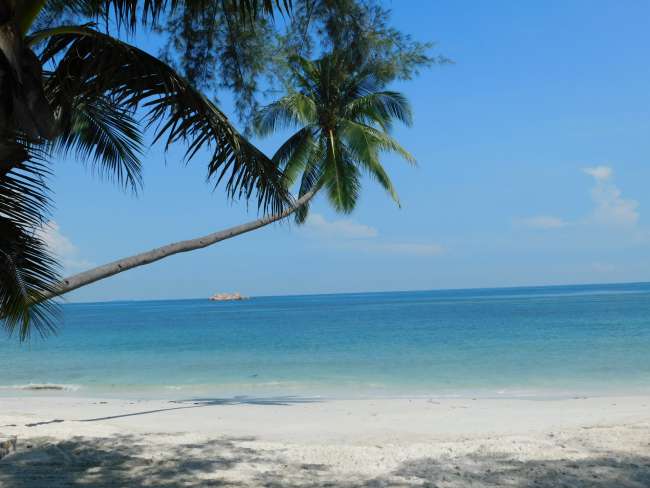
મુસાફરી અહેવાલો ઈન્ડોનેશિયા

